Novelty, innovation and social purpose meet at the 2016 Venice Architecture Biennale
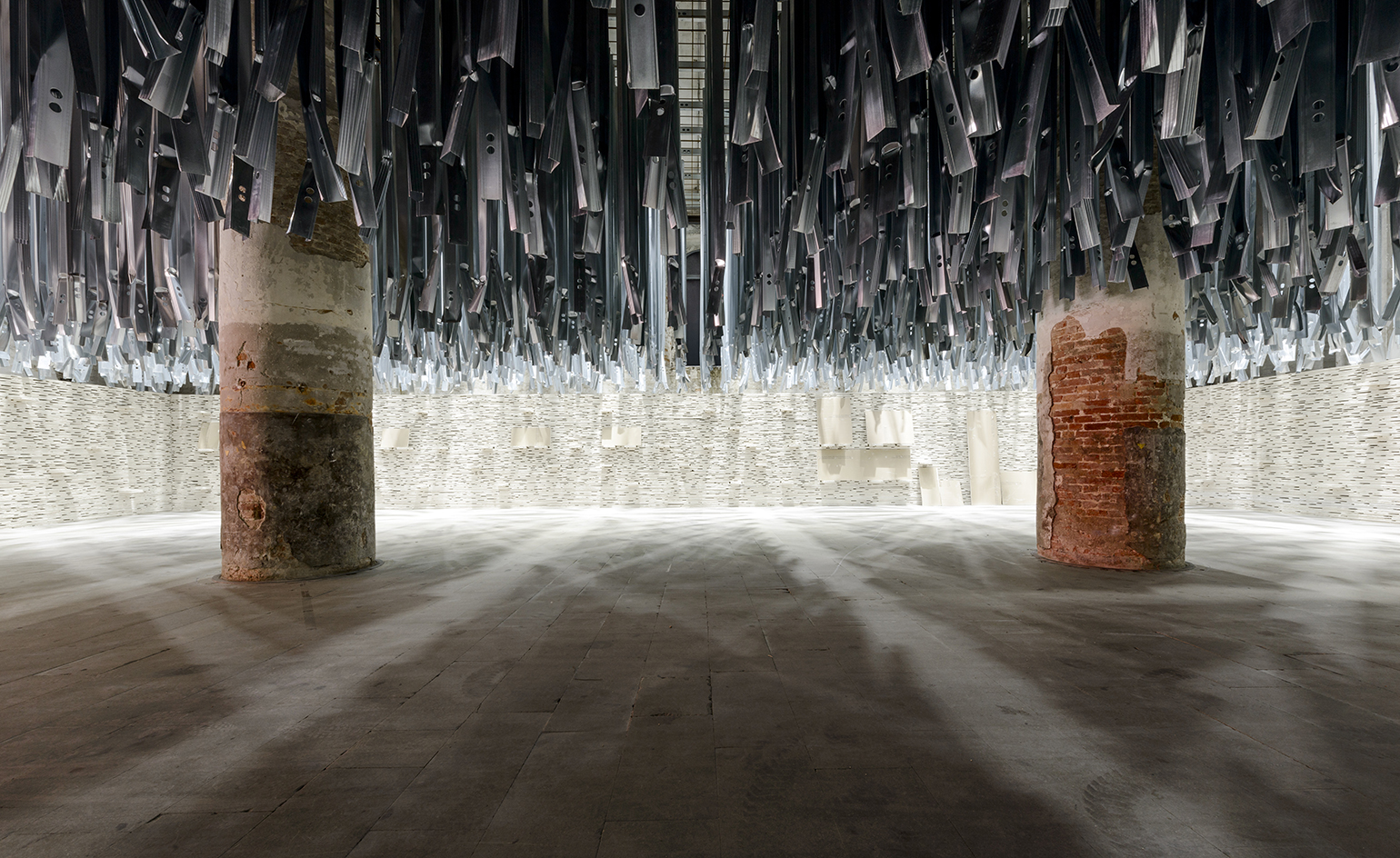
This, the 15th Venice Architecture Biennale, showed all the signs of the truculent teenage years. There was outright rebellion and a grudging respect for elders, all mixed in with a fair amount of politics, doom-mongering and angst. Curated by the Chilean architect Alejandro Aravena, 'Reporting from the Front' presented contemporary architecture as a series of linked dispatches from myriad battlefronts, some literally real and others set against numerous forces of capital and culture.
In recent years the Venice Biennale has shifted dramatically in tone from the starchitect-infused displays at the turn of the century, when budgets were high, prestige was higher and architecture teetered on the edge of becoming fine art's equal, with the same sheen of glamour and investment. That moment has passed, the old guard is moving on and the new generation doesn't seem to want to follow.
Aravena's Biennale is true to his theme of novelty, innovation and politically charged work, bringing some countries into the fold for the first time and displaying grass roots projects that would barely have had a satellite showing a decade ago. Some things don't change, however, and the tendency to distil complex projects into bold imagery – making the intangible Instagrammable, perhaps – held sway in many of the big rooms in the Arsenale, where the bulk of Aravena's invitees were assembled. From the very first room, where Aravena created a thicket of steel supports and plasterboard culled from the 2014 show, there were visually arresting installations, combinations of light and structure that served as welcome counterpoints to the denser, text-heavy displays.
In all, there were 88 participants from 37 countries, 50 of whom had never before exhibited at Venice. And although the old guard were on hand, their involvement felt more of a passing nod than a wholesale embrace. The approach worked best for presentations like Amateur Architecture Studio, who demonstrated the craft behind their Chinese projects, or the work of Rural Urban Framework in Mongolia.
In India, Anupama Kundoo Architects explored the limits of pragmatic materials and available labour, creating simple structures out of as little as possible. A Golden Lion was awarded to Paraguayan studio Gabinete de Arquitectura for its vast parabolic brick arch in the Central Pavilion, while the Silver Lion was awarded to Nigerian architect Kunlé Adeyemi for his wood-framed floating school, set up in the Arsenale basin. There were tonal clashes – Boris Bernaskoni's Matrex, a public building for the Skolkovo Innovation Centre, seemed at odds with the low-tech approach on display elsewhere. Vaults were also a feature of Norman Foster's prototype 'Droneport', an architectural elaboration for a simple idea (distributing medicines via drones in Africa).
Simplicity usually triumphed, as with Transsolar + Anja Thierfelder's striking light installation, or the sheer scale and scope of Bel Architects' exploration of new systems building types to help solve Germany's massive housing problems. The national displays housed in the Arsenale – the Gulf States, Slovenia, Italy, Chile and more – displayed facets of Aravena's grand (or rather, not so grand) theme of simple architectural ideas impacting upon communities and cultures that needed it most. The juxtaposition of big names with unconventional sites also drove this message home, like David Chipperfield's Naga Museum in Sudan.
Architecture's tendency to side-step politics was also addressed. The Central Pavilion saw both Forensic Architecture's eerie dissection of the blast path created by a drone strike and 'The Evidence Room', the assembled architecture data of the Auschwitz gas chambers, originally assembled to counter Holocaust deniers but presented here as evidence of 'the worst crime ever committed by an architect'.
Finally, it was left to the V&A-curated show, 'A World of Fragile Parts', to show the intersection between technology, memory and human cruelty, a chronicle of how reproductions and replicas have steered culture through periods of repression, destruction and the loss of knowledge. Venice 2016 was occasionally chaotic but always interesting, setting new standards and ambitions for the architectural community. It didn't always work, but when it did, the scales of privilege fell away and new approaches made themselves clear, perhaps for the very first time.
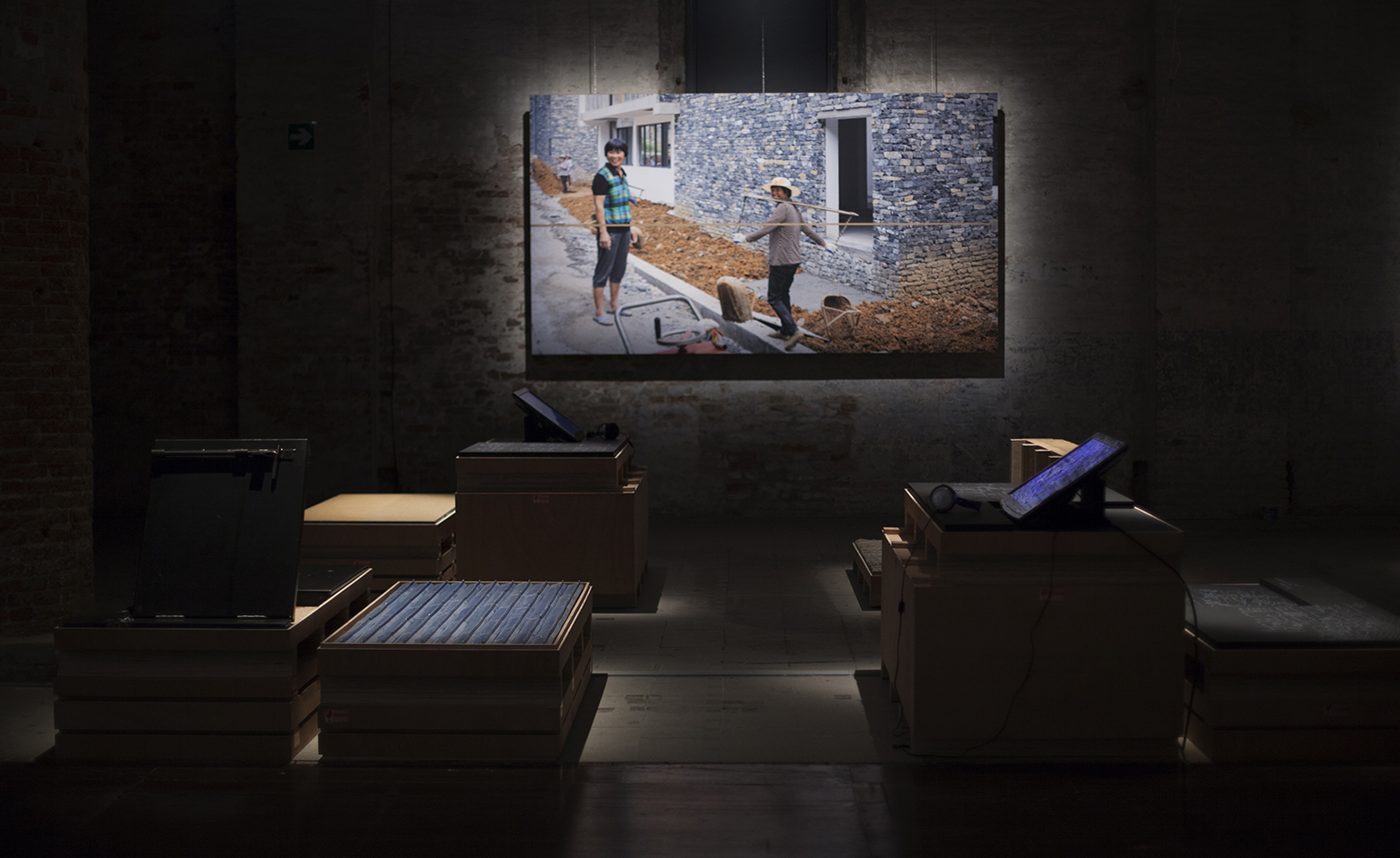
Wang Shu and Lu Wenyu's Amateur Architecture Studio from China created an expansive installation exploring materials in their recent projects. Photography: Italo Rondinella
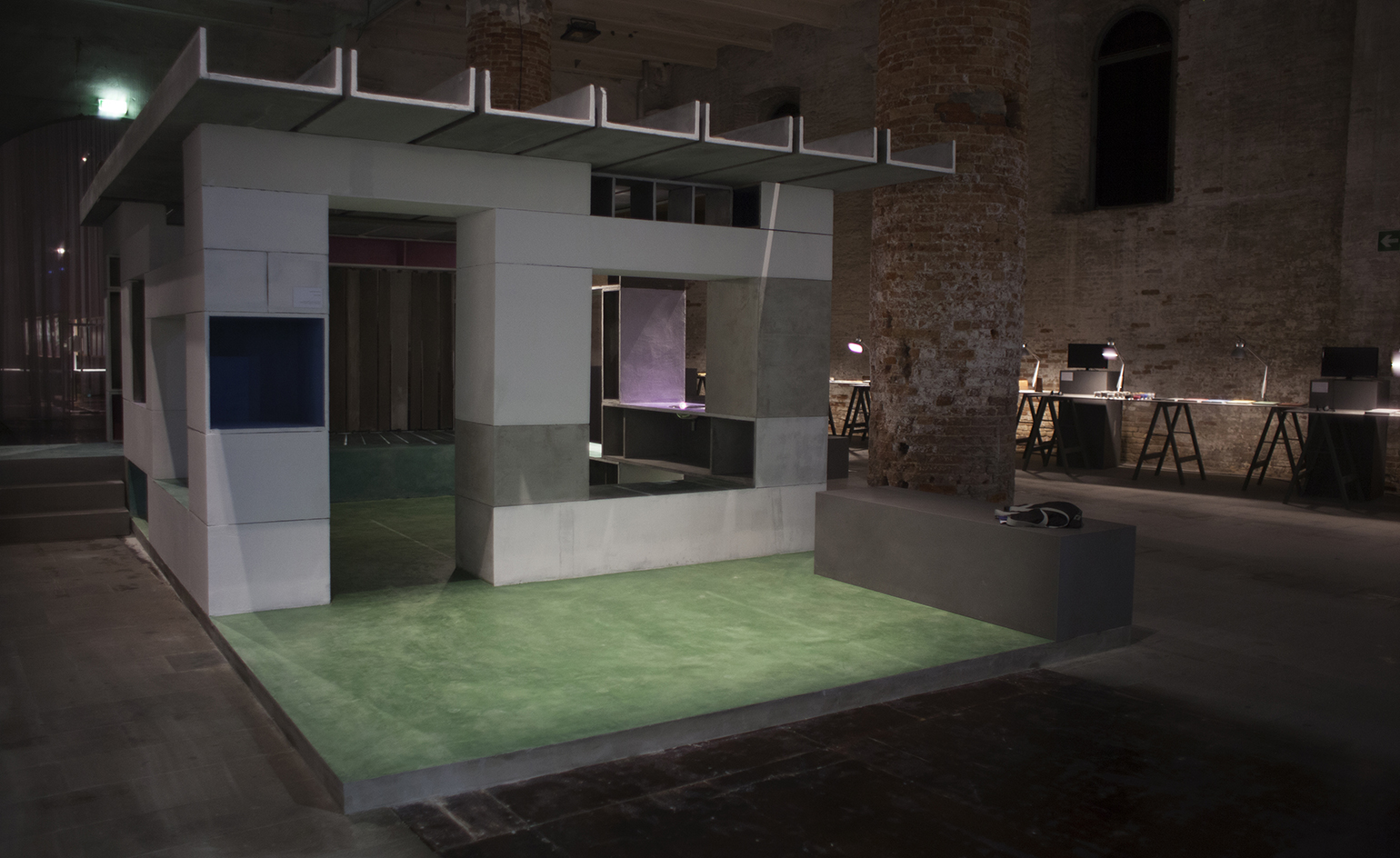
Indian, Madrid-based architect Anupama Kundoo showcased a full scale example of her low cost modular home model. Photography: Italo Rondinella
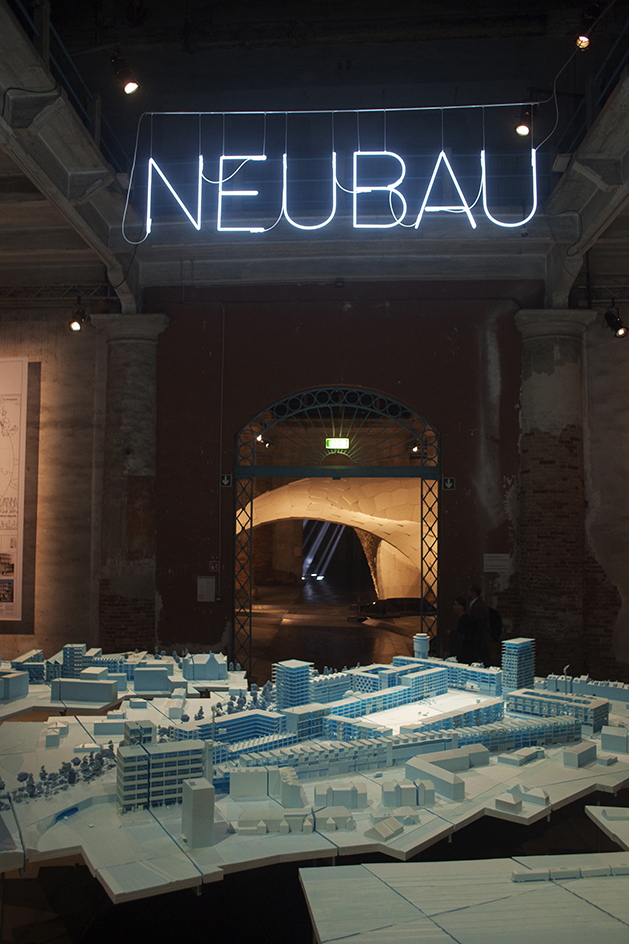
Also participating in the Arsenale's Corderie hall are BeL Sozietät für Architektur. Photography: Italo Rondinella
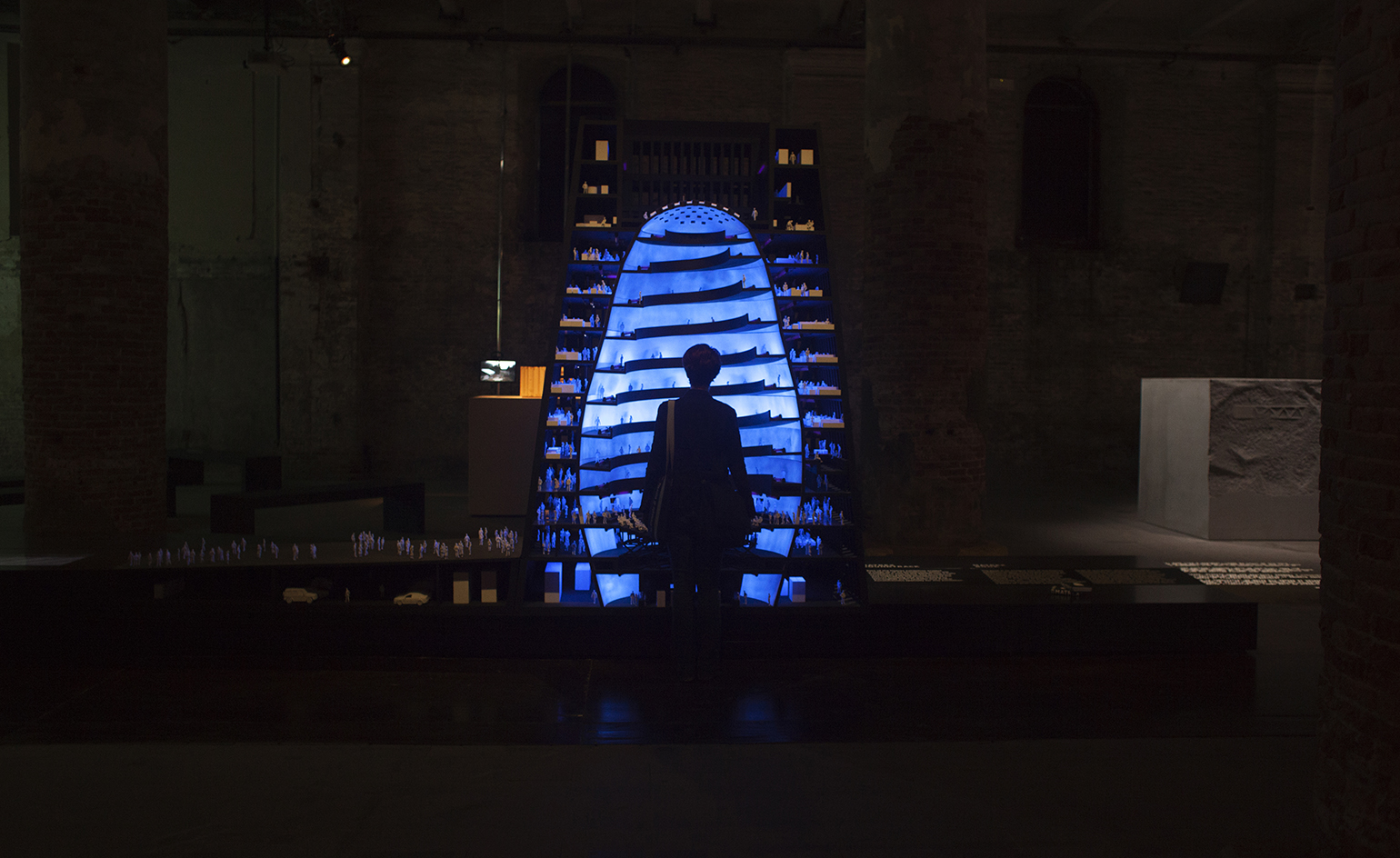
Russian architect Boris Bernaskoni added to the display with a large model of his Matrex project, a public building in Skolkovo. Photography: Italo Rondinella
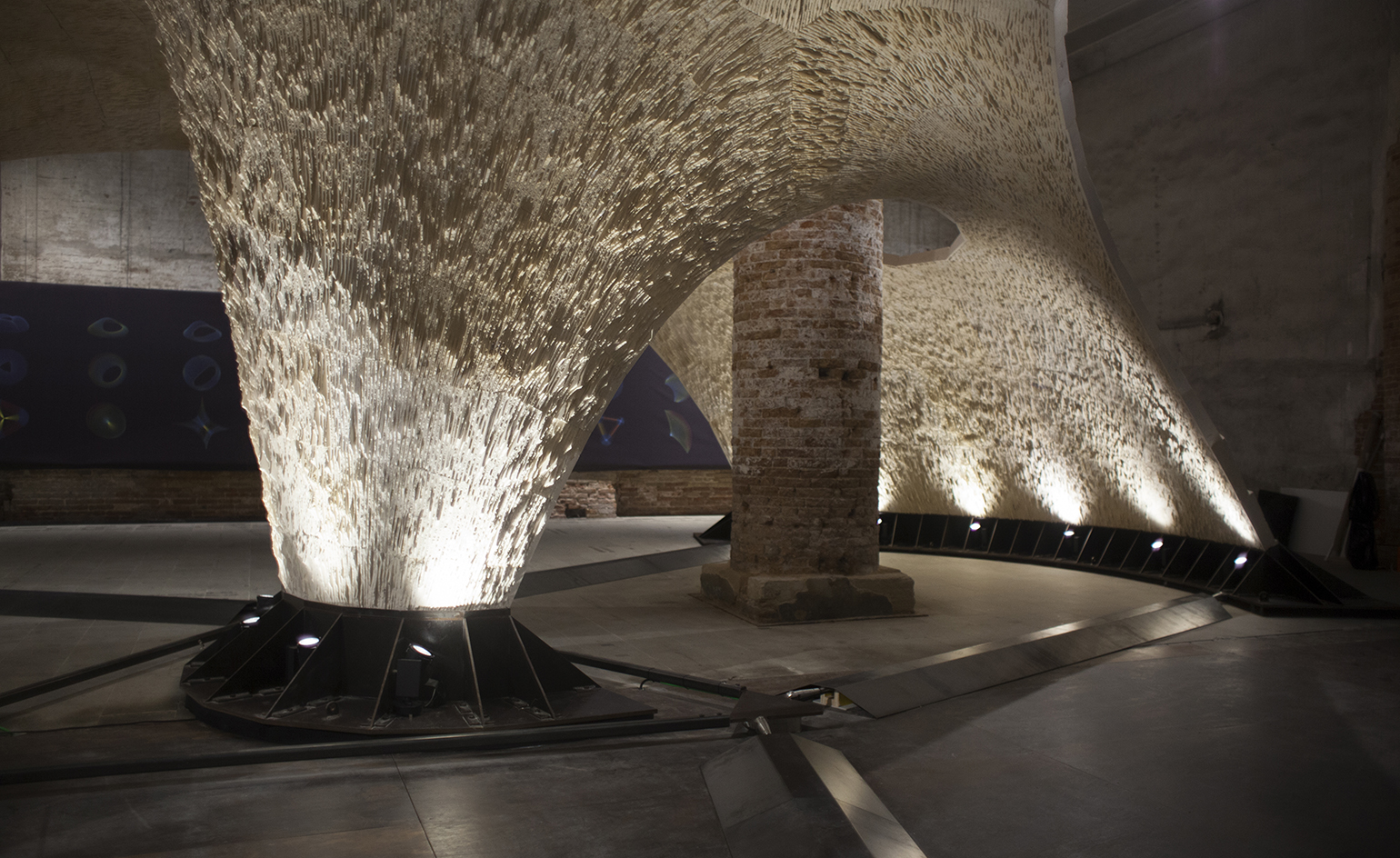
A group consisting of ETH Zurich-Ochsendorf, DeJong & Block and the Escobedo Group were behind one more of the Corderie gallery's large scale installations. Photography: Italo Rondinella
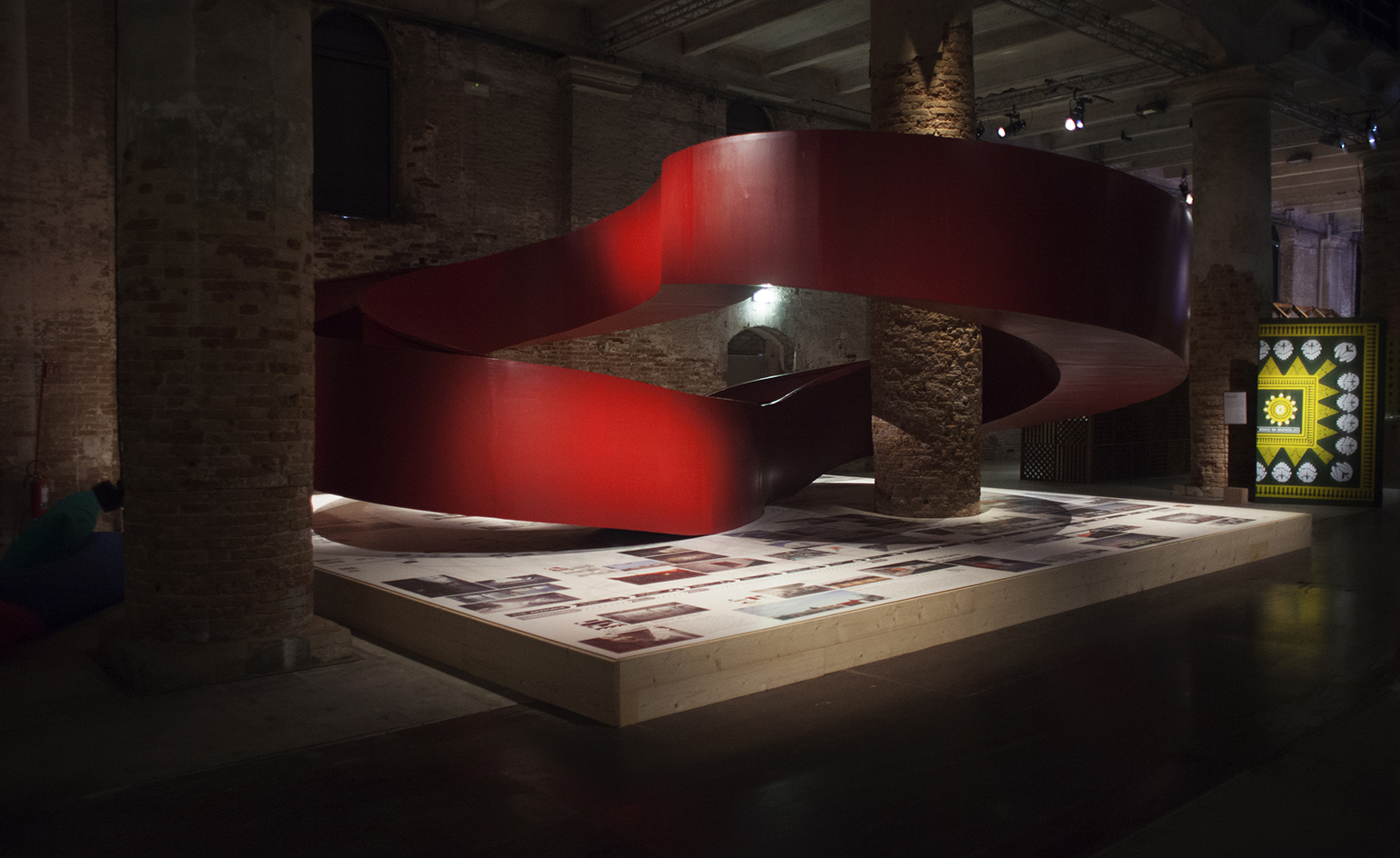
Nearby, C+S Architects showcased the eye catching 'Aequilibrium', a 'self supported open knot'. Photography: Italo Rondinella
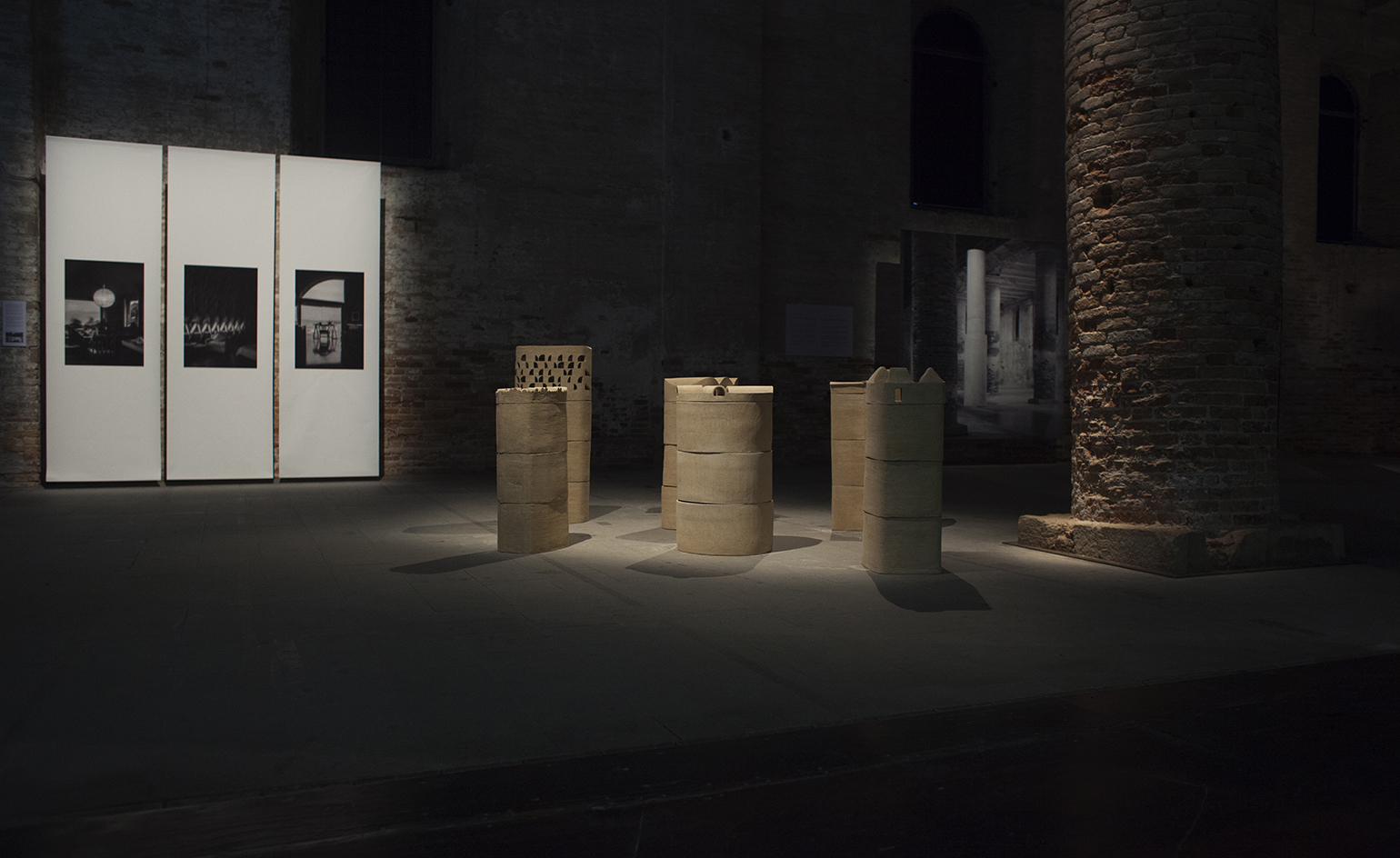
The Arsenale also contains fellow Chilean architect Cecilia Puga's contribution. Photography: Italo Rondinella
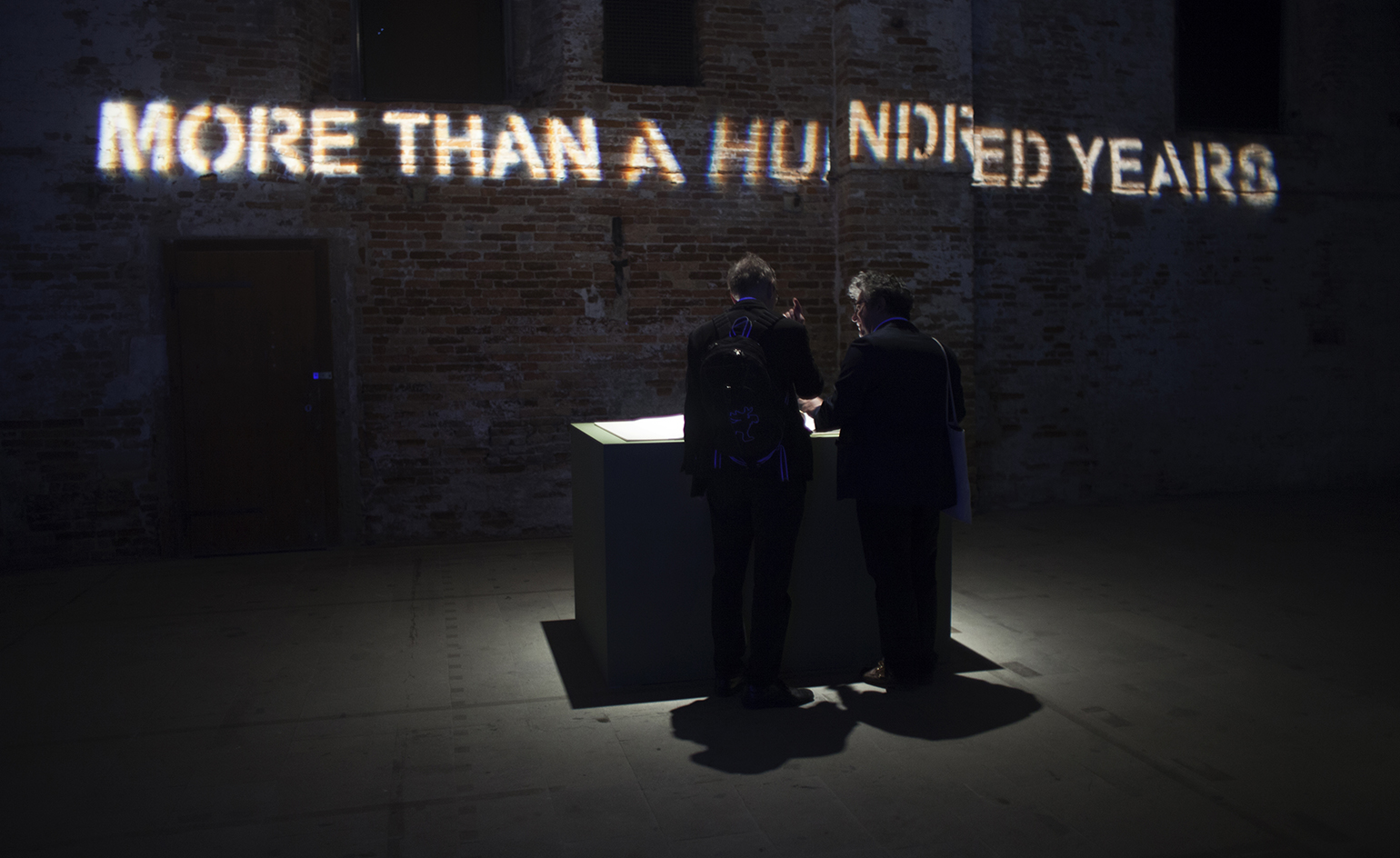
Swiss architects Christ & Gantenbein's participation in the Venice Architecture Biennale is their second; they also contributed to the 13th Biennale. Photography: Italo Rondinella
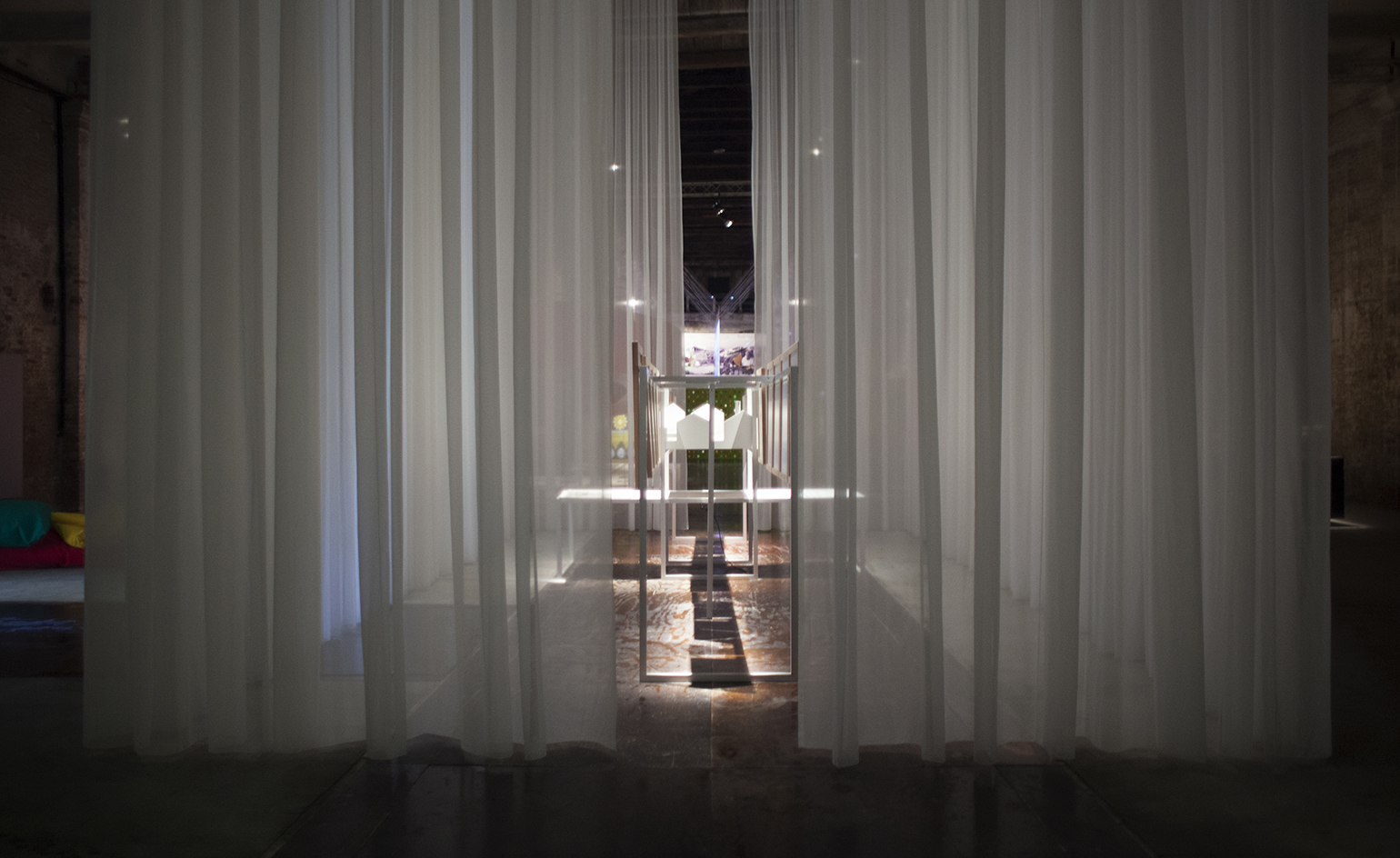
Portuguese architect Inês Lobo created an installation hidden behind semi-transparent curtains. Photography: Italo Rondinella
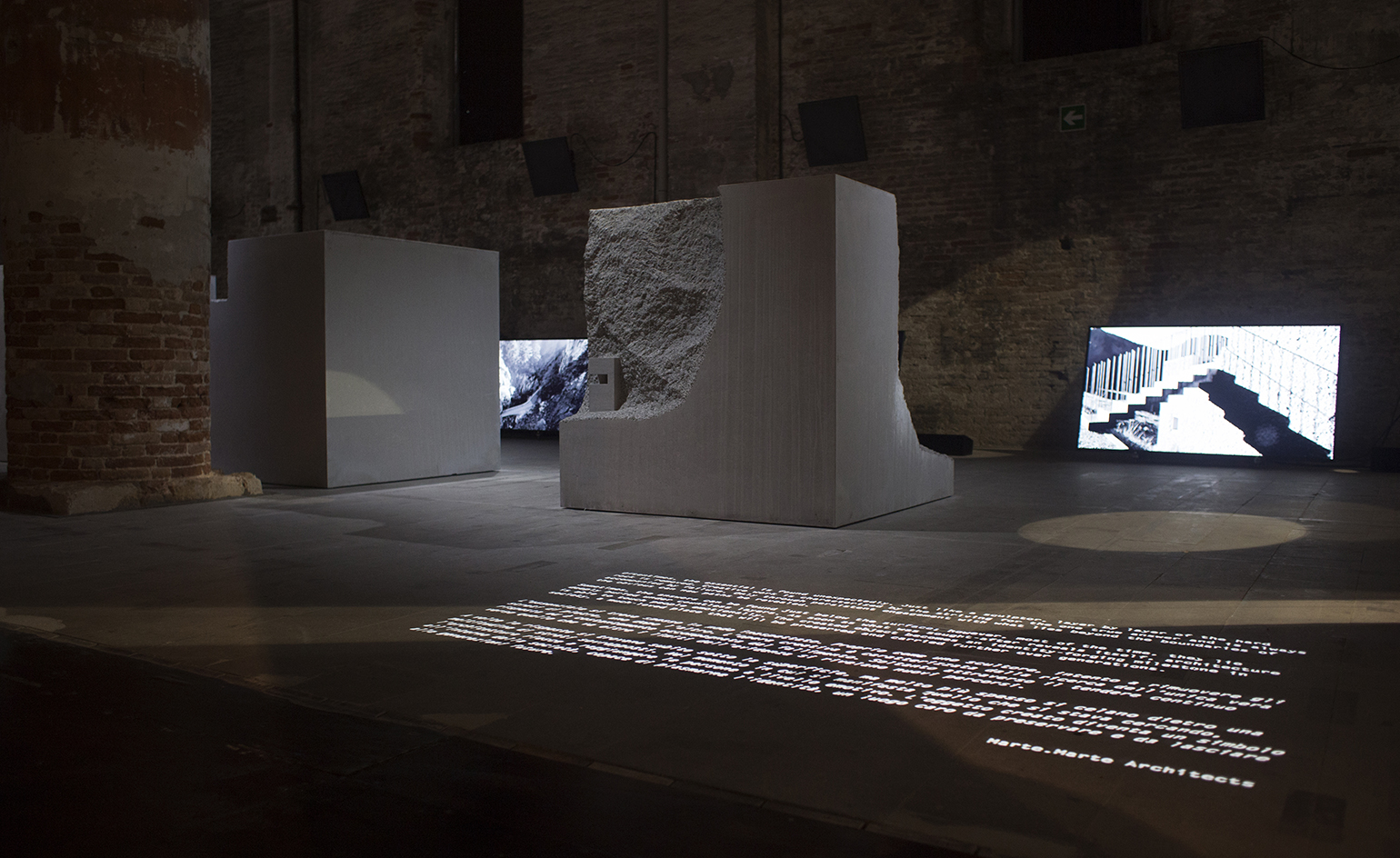
Drawing on their previous work, Austrians Marte.Marte created a sculptural display that hovers between art and architecture. Photography: Italo Rondinella
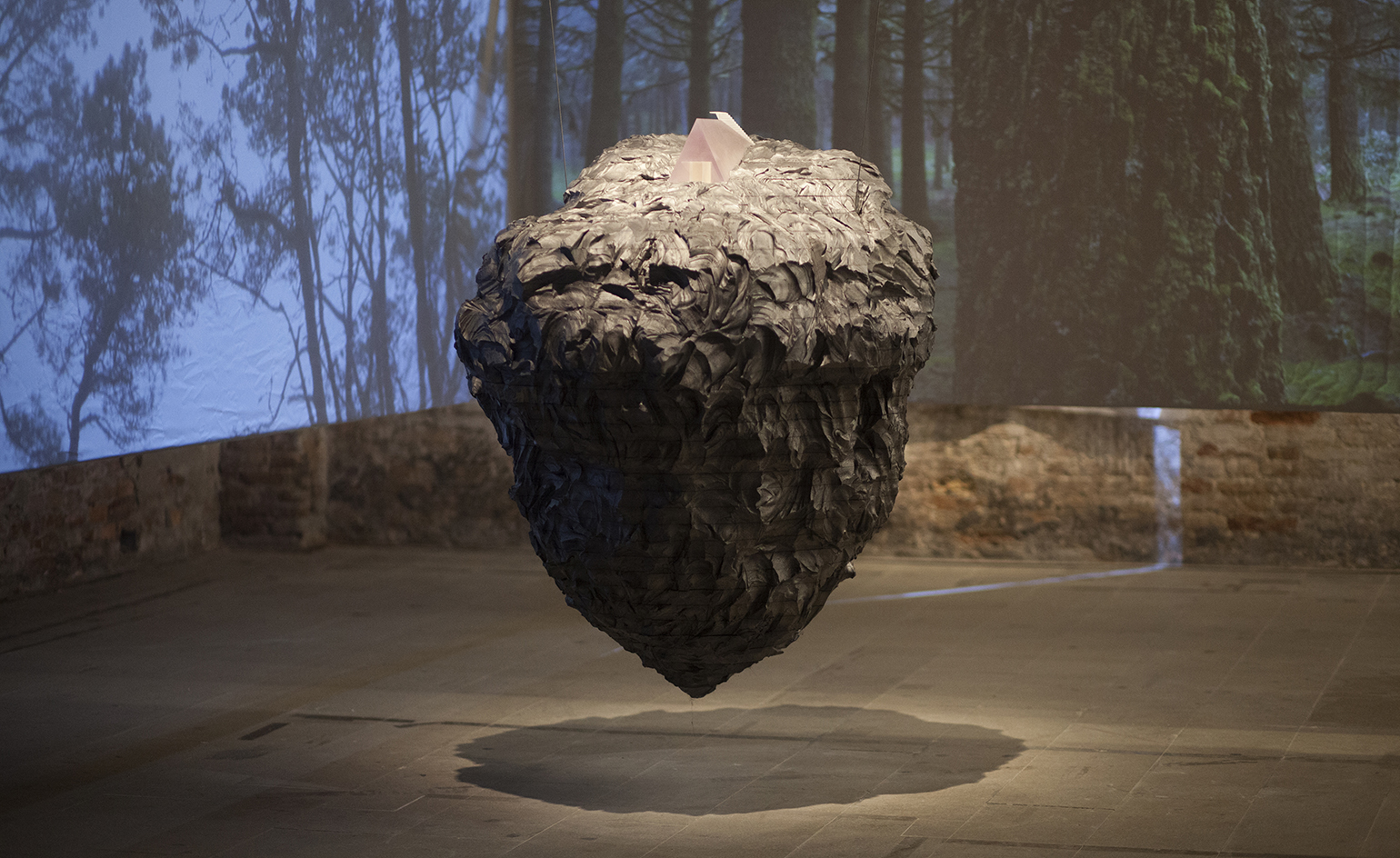
Portuguese architect Paulo David went for a similar approach. Photography: Italo Rondinella
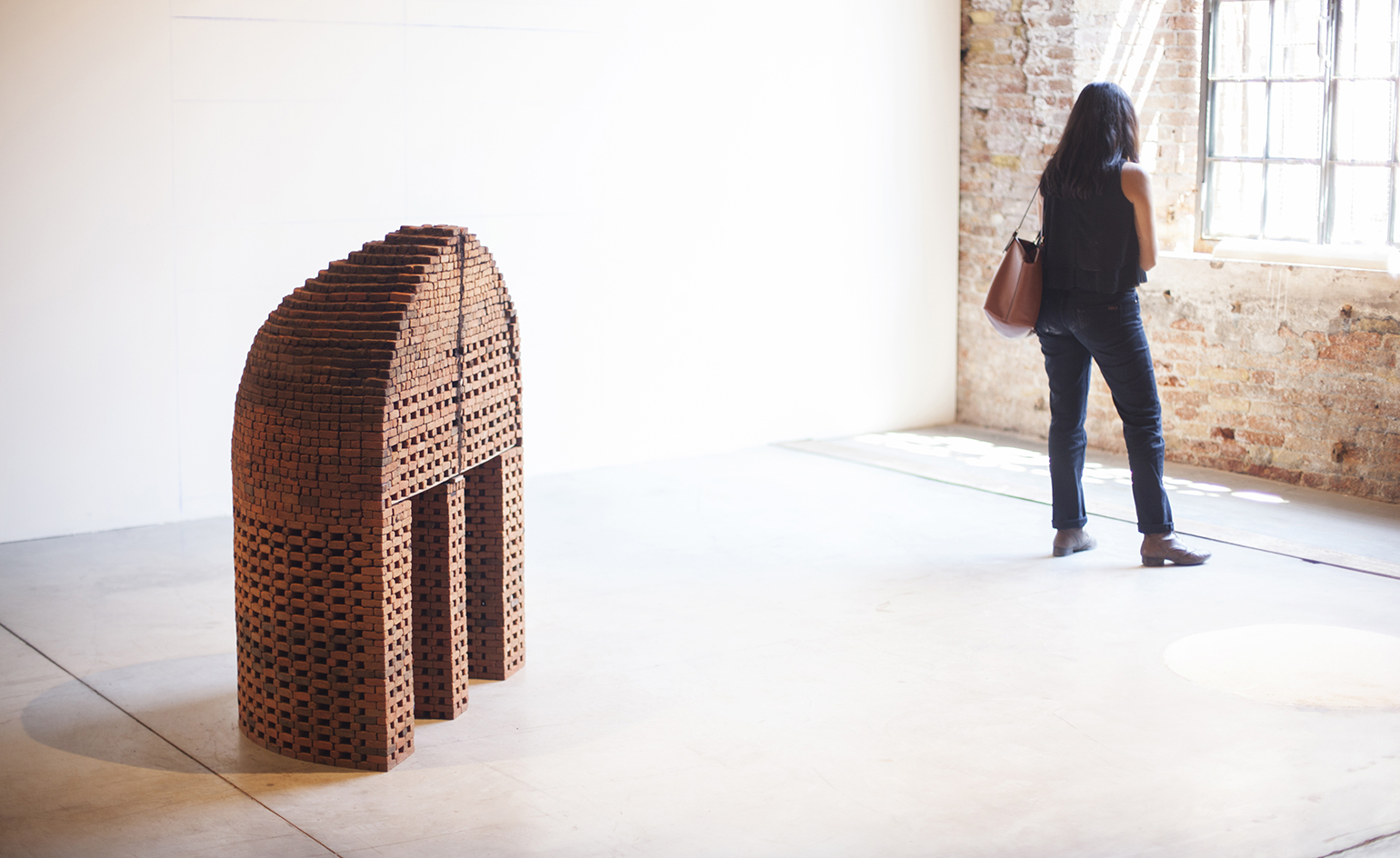
Indian firm Studio Mumbai showcased their flair and masterful craftsmaking with an installation at the Arsenale. Photography: Italo Rondinella

One of the few starchitecture names in the Biennale this year, Tadao Ando displayed his Punta della Dogana museum in Venice. Photography: Italo Rondinella
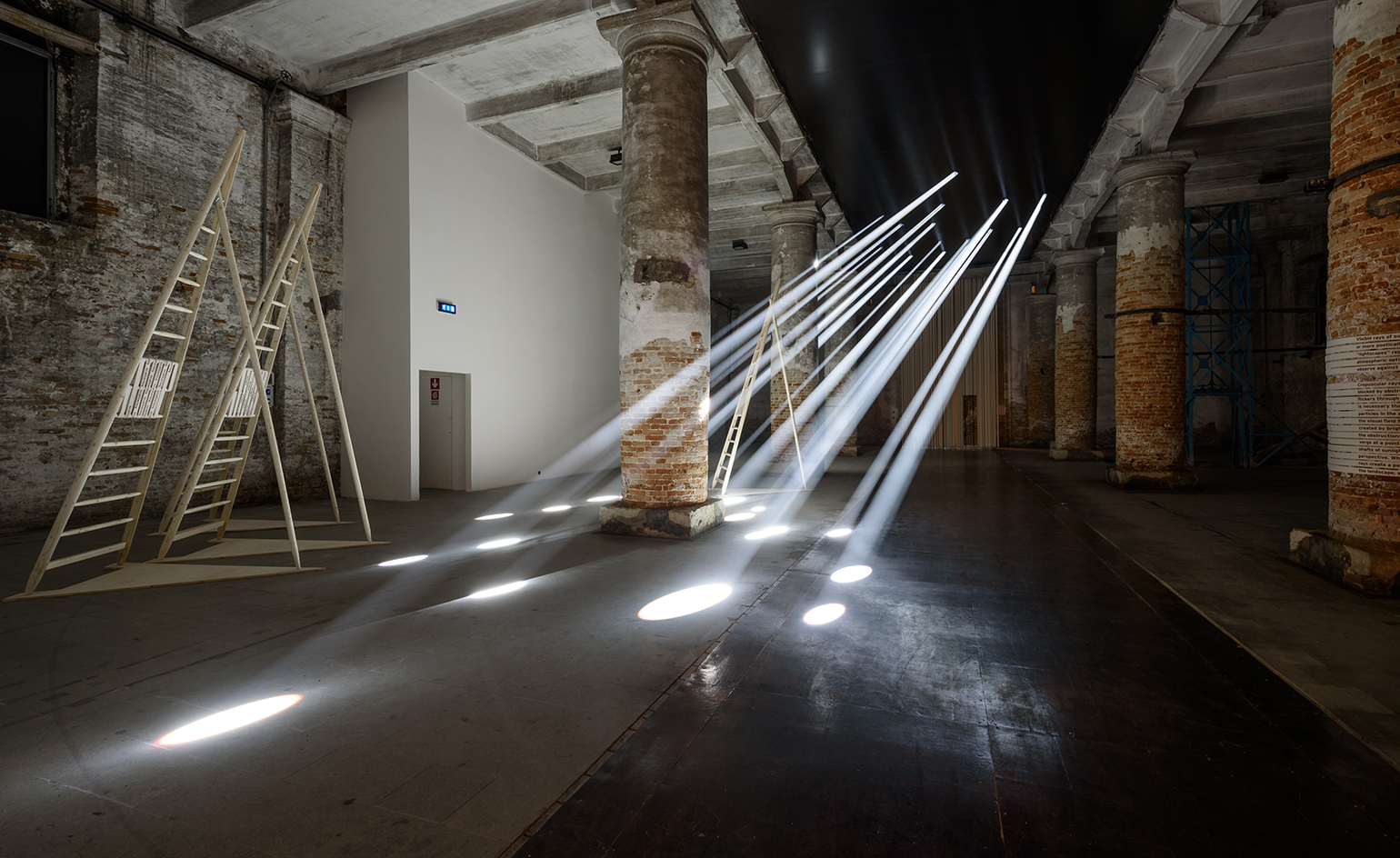
An arresting concept by Transsolar + Anja Thierfelder, this display created the illution of rays of light into the dimly lit Corderie galleries. Photography: Andrea Avezzu
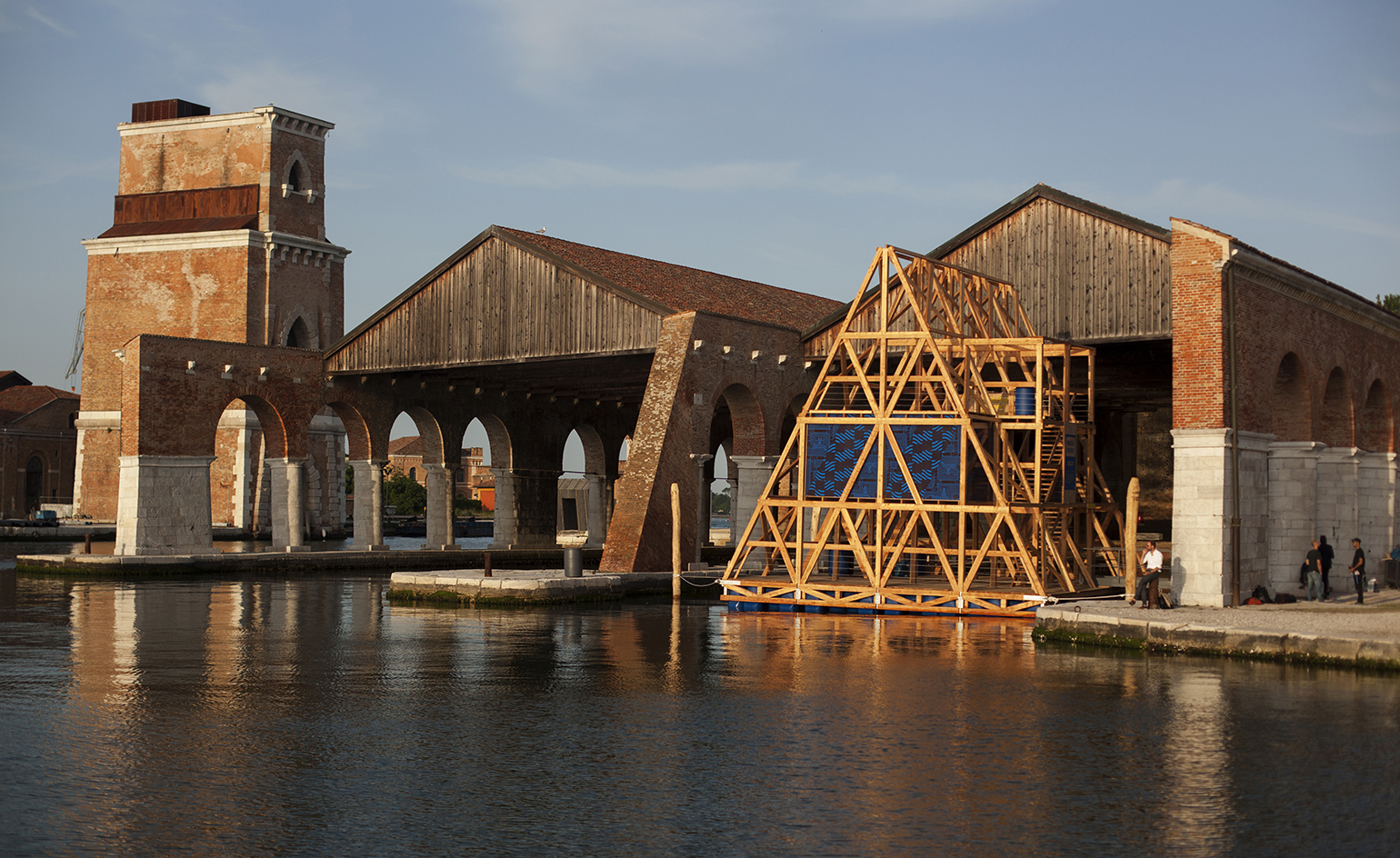
Meanwhile, outside, on the grounds of the Arsenale complex, NLÉ and Kunlé Adeyemi's Makoko Floating School came to life. It won him the Silver Lion for a Promising Young Participant. Photography: Italo Rondinella
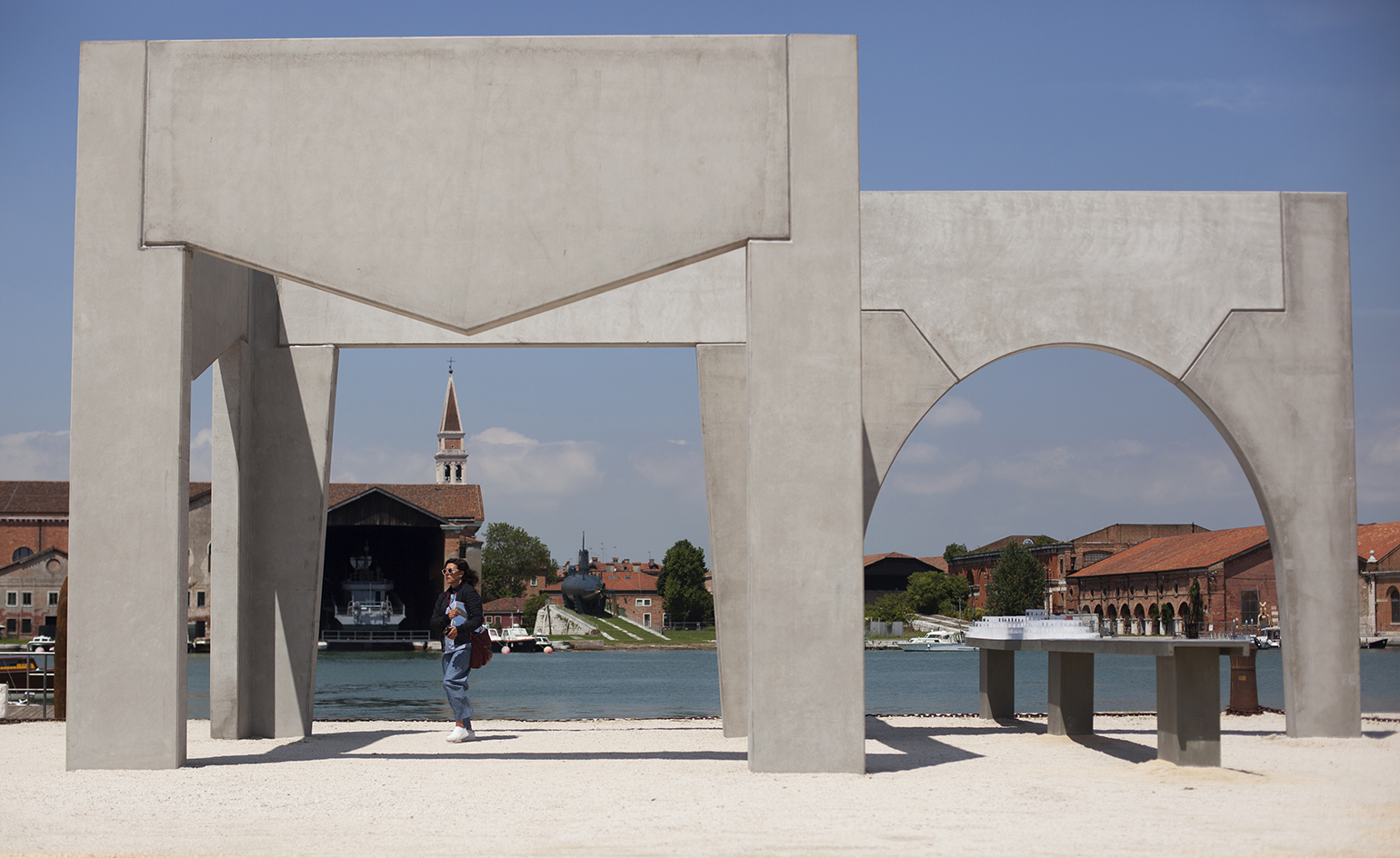
Nearby, a large scale pavilion by the Belgian/US Organization for Permanent Modernity. Photography: Italo Rondinella
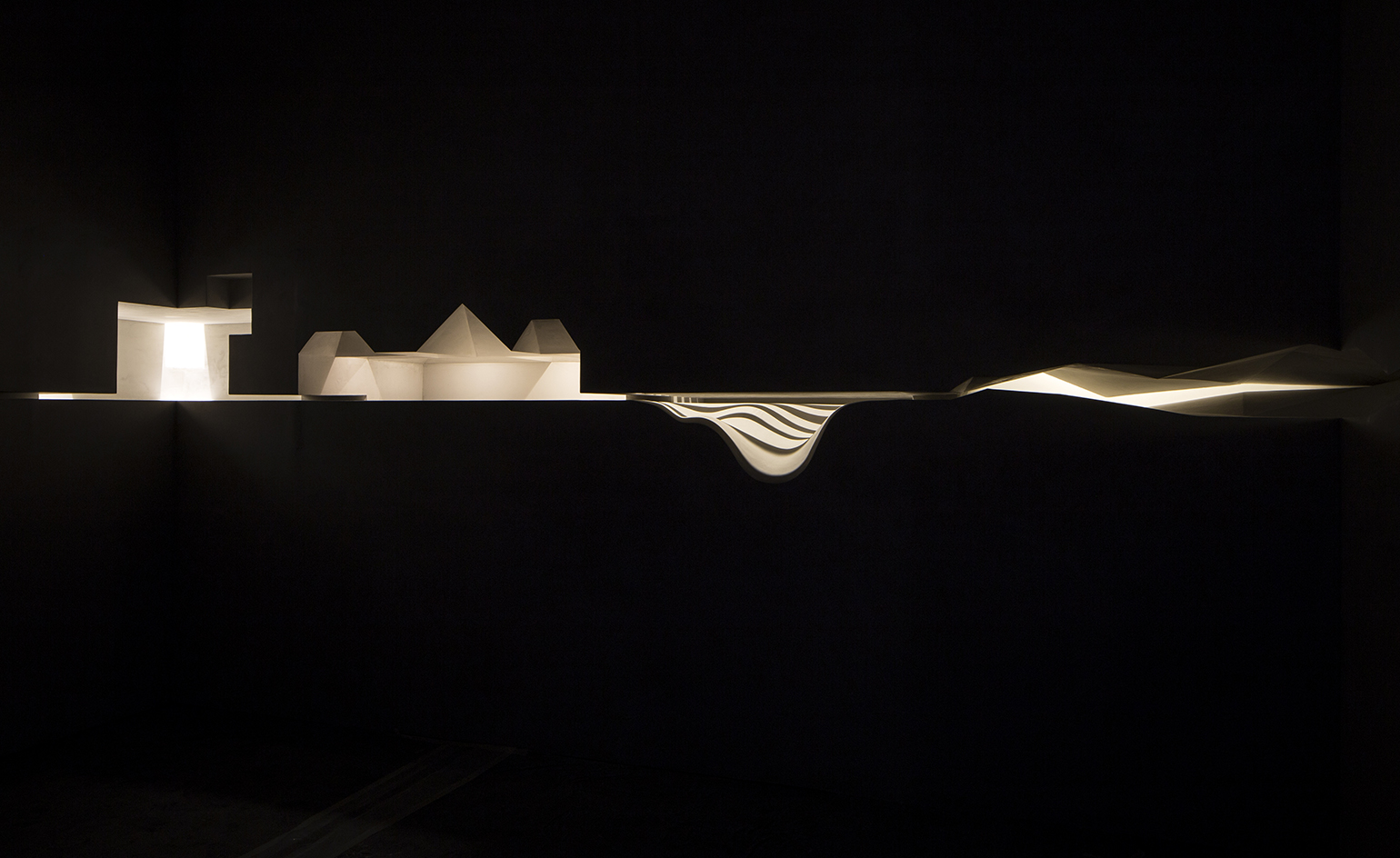
The Giardini's Padiglione Centrale hosted the second chunk of Aravena's show. Pictured here, a mesmerising light installation by Aires Mateus. Photography: Francesco Galli
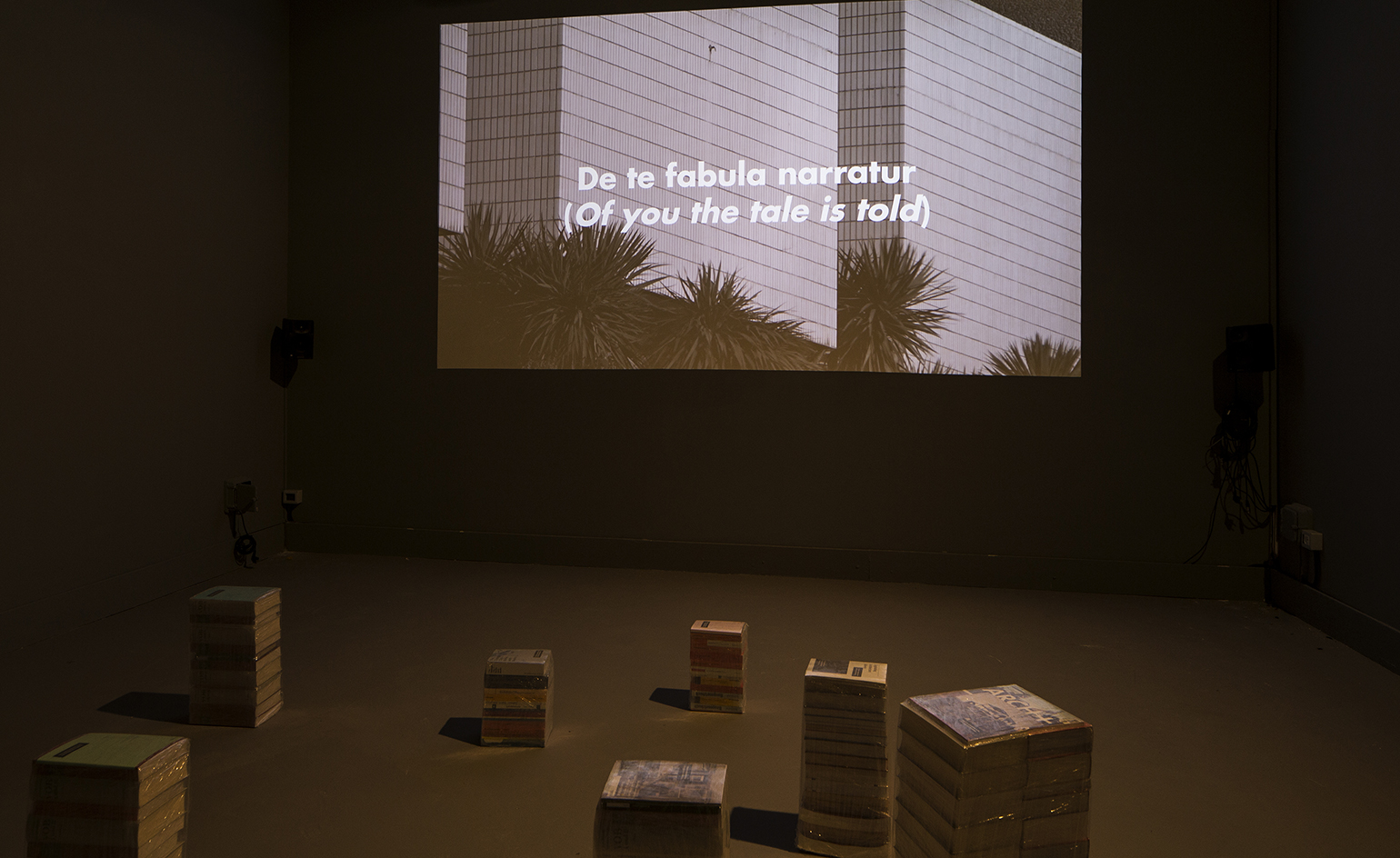
Arno Brandlhuber and Christopher Roth took the opportunity to elaborate on the former's 'Antivilla' project. Photography: Francesco Galli
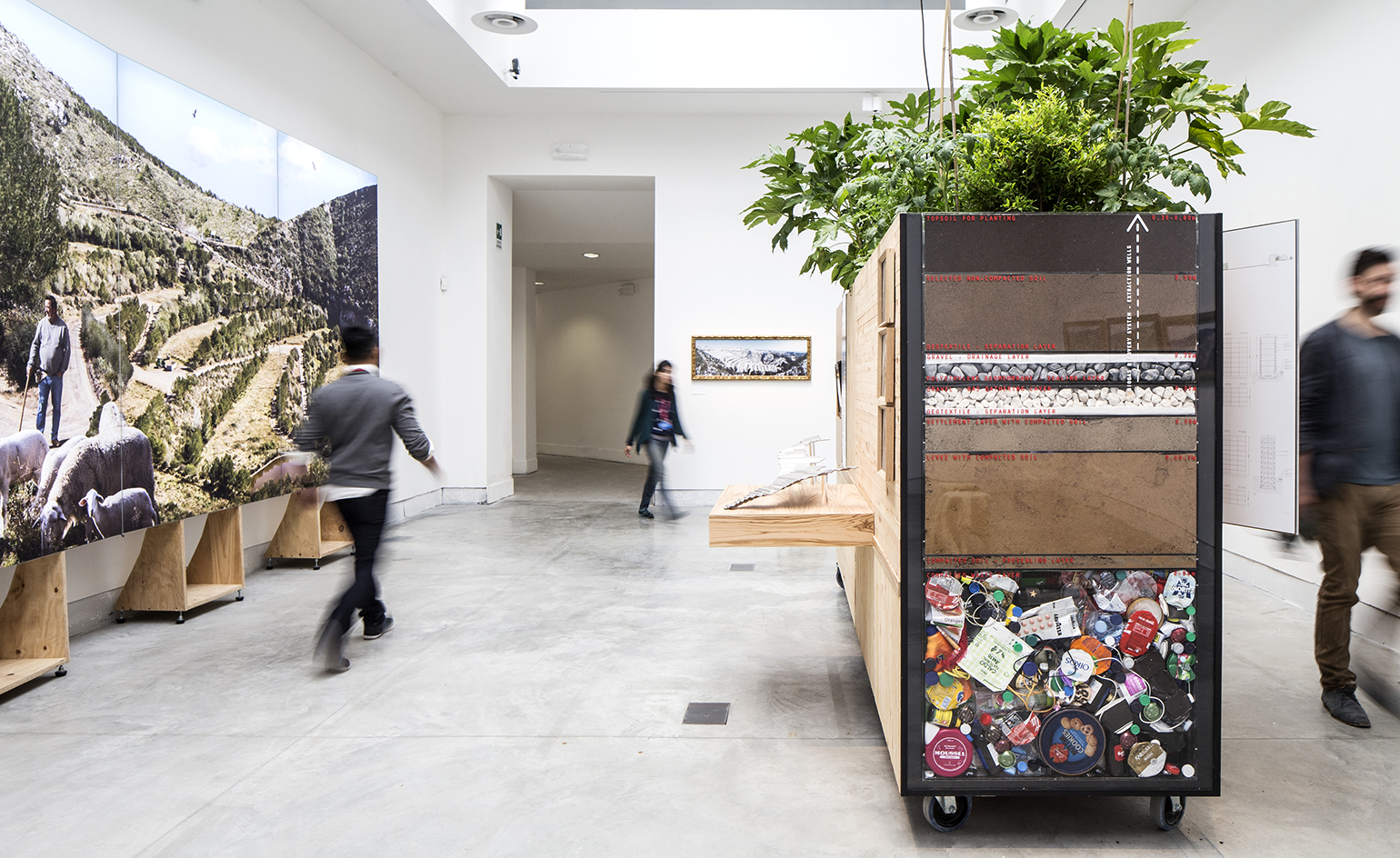
Battle i Roig Arquitectes had a double presence at the Biennale this year – one in the Central Pavilion, exploring landfill landscapes and another at the collateral exhibition 'Catalonia in Venice'. Photography: Francesco Galli
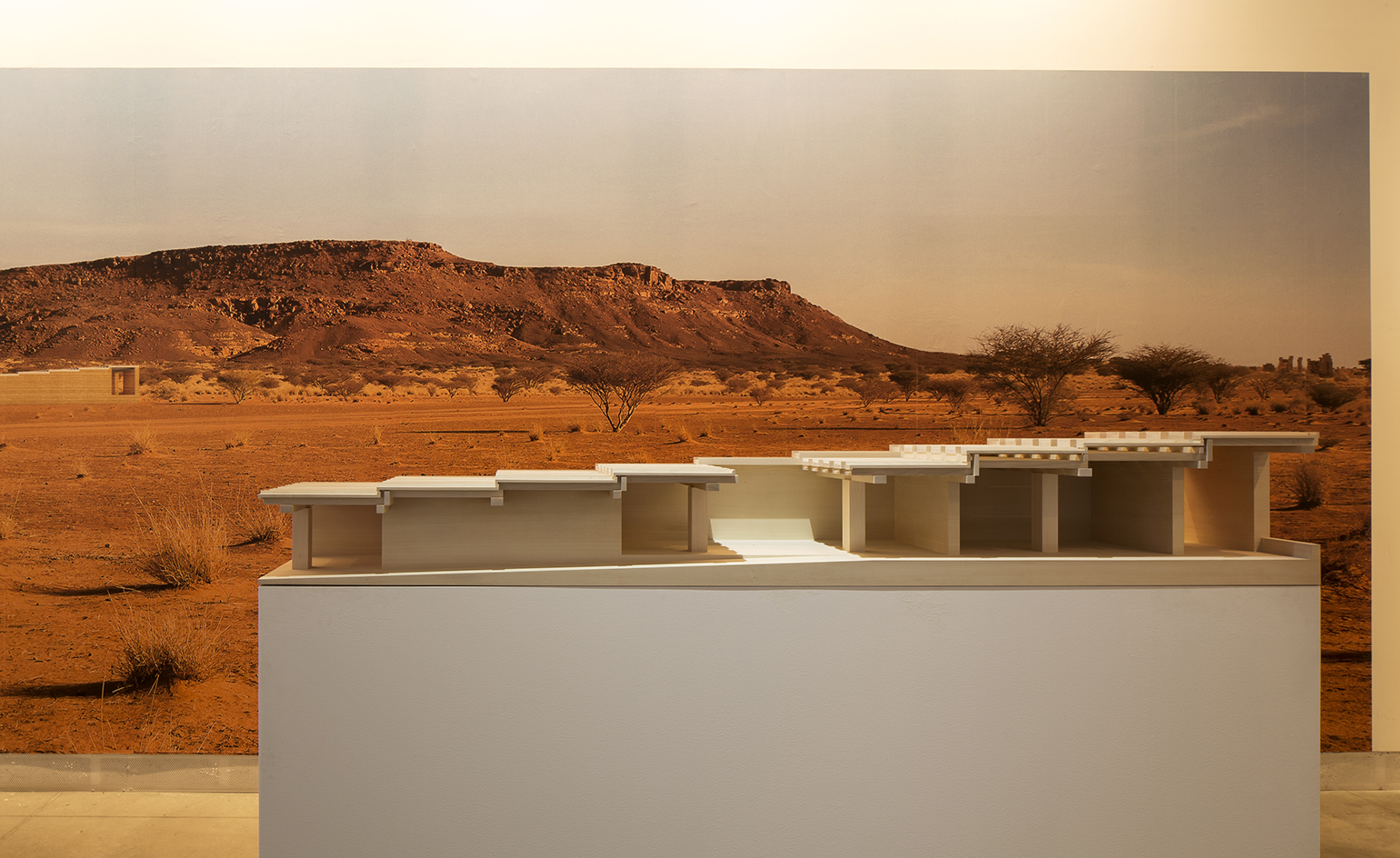
David Chipperfield showcases his work for the Naga Museum in Sudan. Photography: Francesco Galli
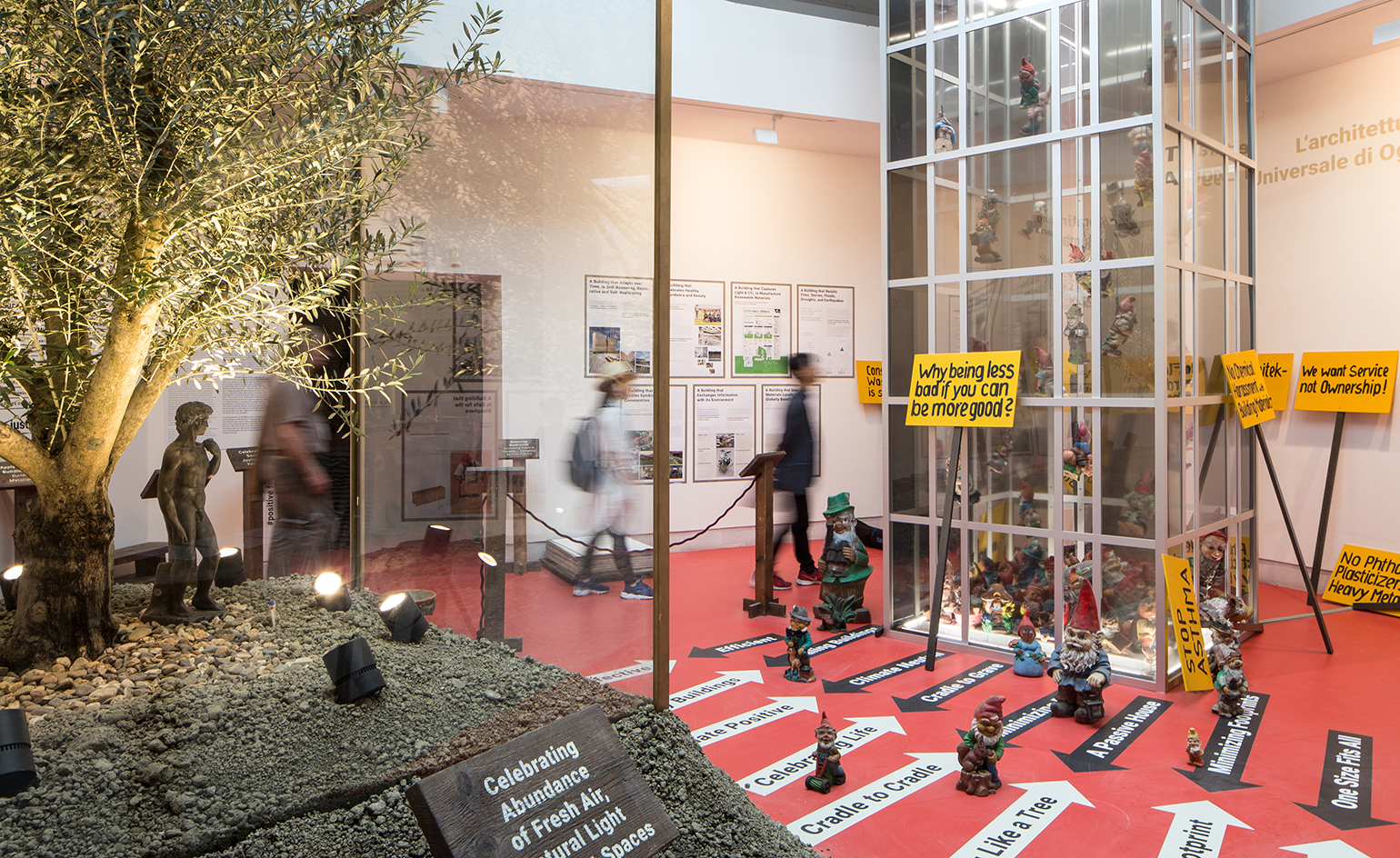
EPEA Internationale Umweltforschung present the 'Cradle to Cradle' design concept during the Biennale, showing how architecture can improve our quality of life. Photography: Francesco Galli
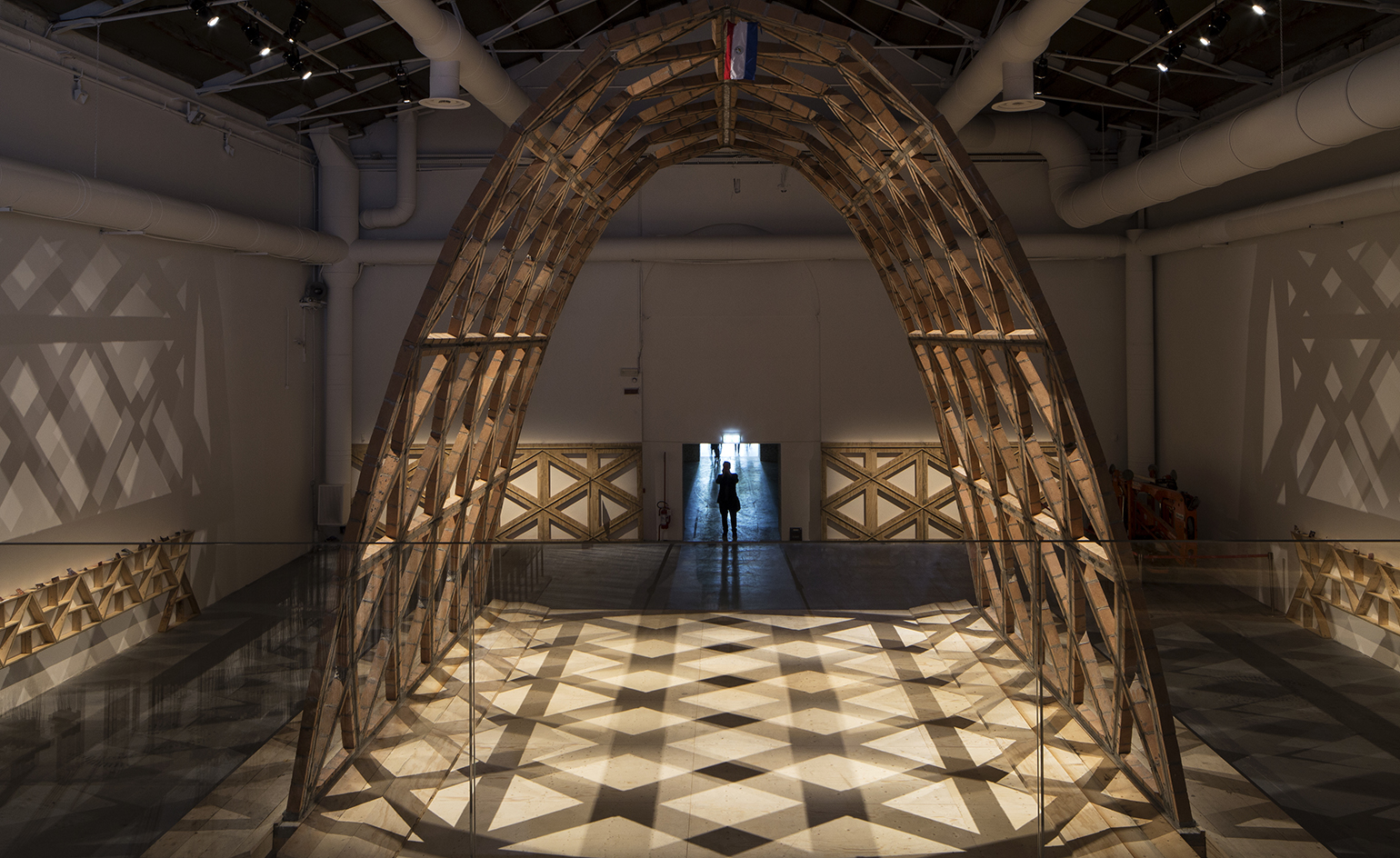
Gabinete de Arquitectura won the Golden Lion for Best Participant in the International Exhibition with their installation, working with simple materials and unskilled labour. Photography: Francesco Galli
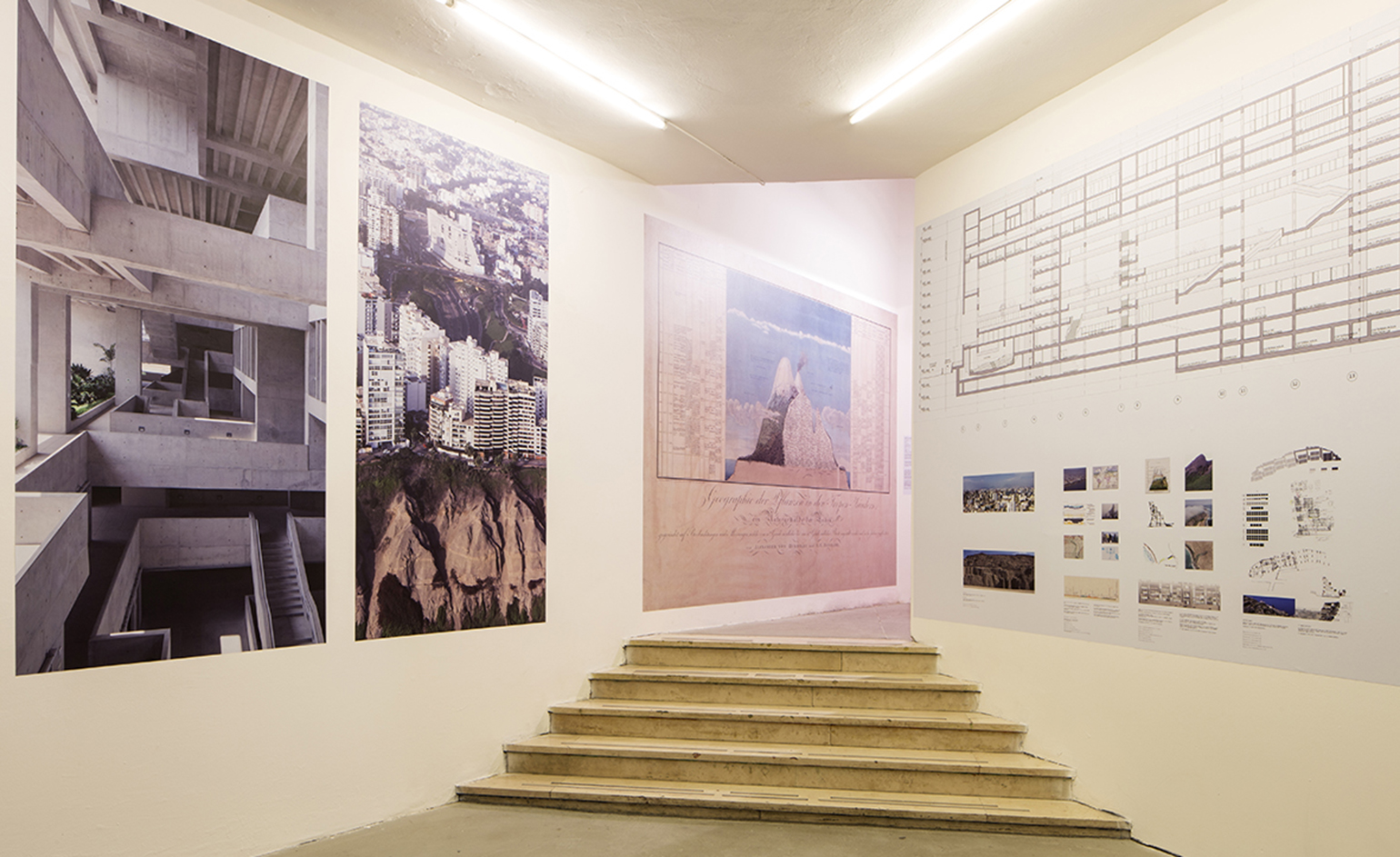
Former Silver Lion winners Grafton are back, this time focusing on their work in Peru. Photography: Francesco Galli
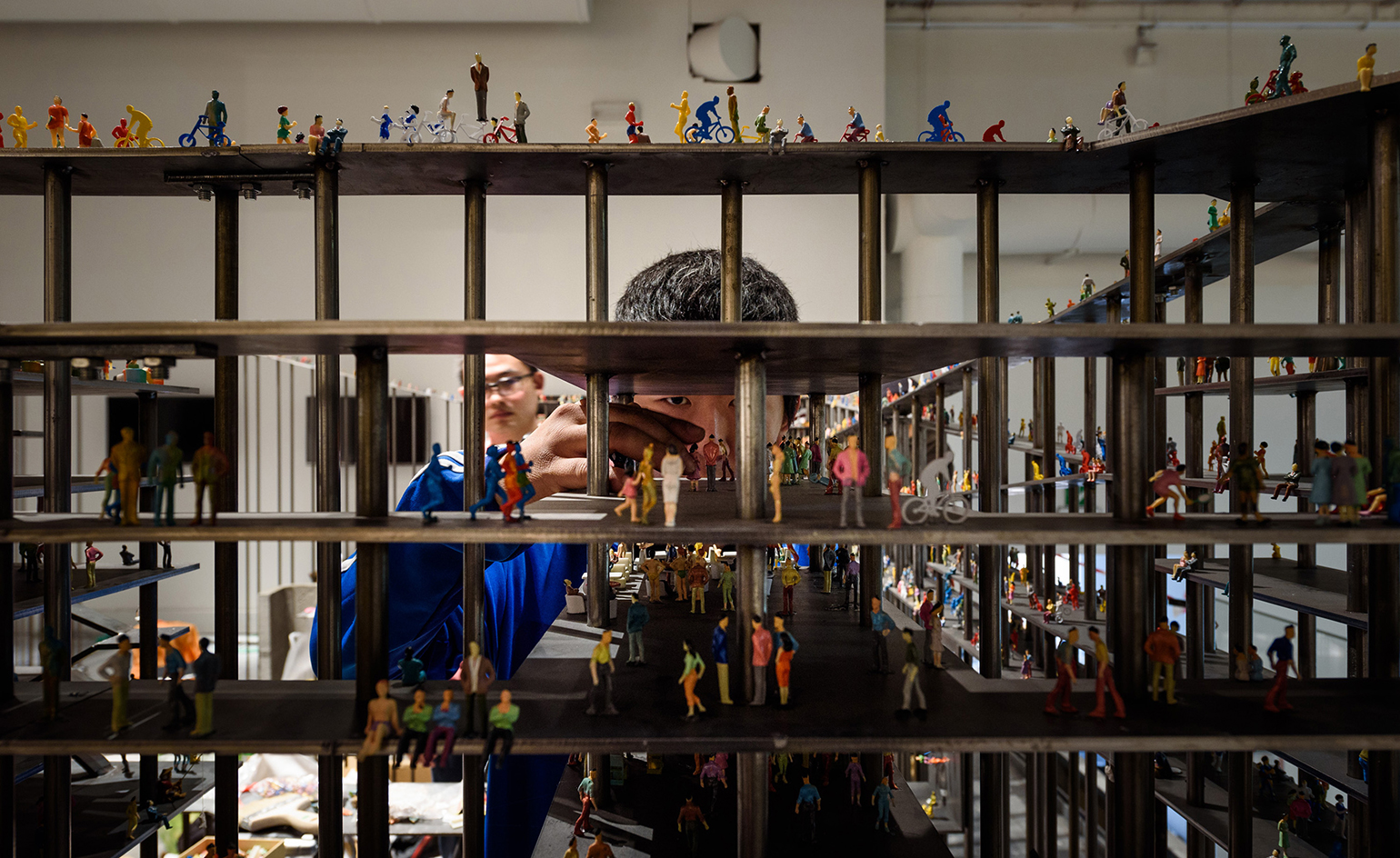
At the same time, Chinese firm Jiakun Architects celebrated 'everyday life' through their display. Photography: Francesco Galli
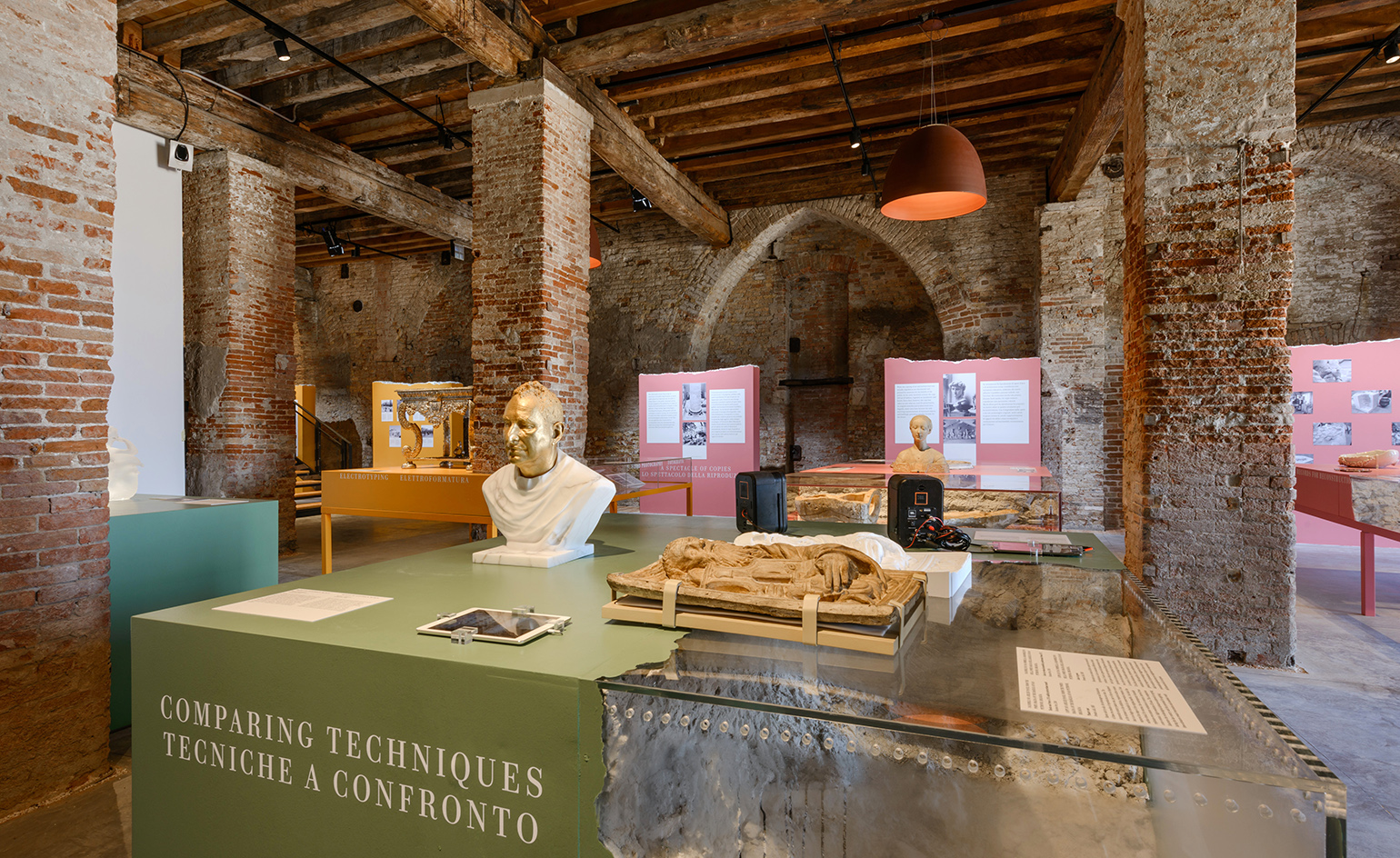
In the Sale d'Armi show ‘A World of Fragile Parts’, the Venice Biennale and the Victoria and Albert Museum collaborate in a display that investigates ideas of heritage, technology and copying
INFORMATION
The Venice Architecture Biennale runs until 27 November. For more information, visit the Biennale's website
Wallpaper* Newsletter
Receive our daily digest of inspiration, escapism and design stories from around the world direct to your inbox.
Jonathan Bell has written for Wallpaper* magazine since 1999, covering everything from architecture and transport design to books, tech and graphic design. He is now the magazine’s Transport and Technology Editor. Jonathan has written and edited 15 books, including Concept Car Design, 21st Century House, and The New Modern House. He is also the host of Wallpaper’s first podcast.
-
 All-In is the Paris-based label making full-force fashion for main character dressing
All-In is the Paris-based label making full-force fashion for main character dressingPart of our monthly Uprising series, Wallpaper* meets Benjamin Barron and Bror August Vestbø of All-In, the LVMH Prize-nominated label which bases its collections on a riotous cast of characters – real and imagined
By Orla Brennan
-
 Maserati joins forces with Giorgetti for a turbo-charged relationship
Maserati joins forces with Giorgetti for a turbo-charged relationshipAnnouncing their marriage during Milan Design Week, the brands unveiled a collection, a car and a long term commitment
By Hugo Macdonald
-
 Through an innovative new training program, Poltrona Frau aims to safeguard Italian craft
Through an innovative new training program, Poltrona Frau aims to safeguard Italian craftThe heritage furniture manufacturer is training a new generation of leather artisans
By Cristina Kiran Piotti
-
 Meet Lisbeth Sachs, the lesser known Swiss modernist architect
Meet Lisbeth Sachs, the lesser known Swiss modernist architectPioneering Lisbeth Sachs is the Swiss architect behind the inspiration for creative collective Annexe’s reimagining of the Swiss pavilion for the Venice Architecture Biennale 2025
By Adam Štěch
-
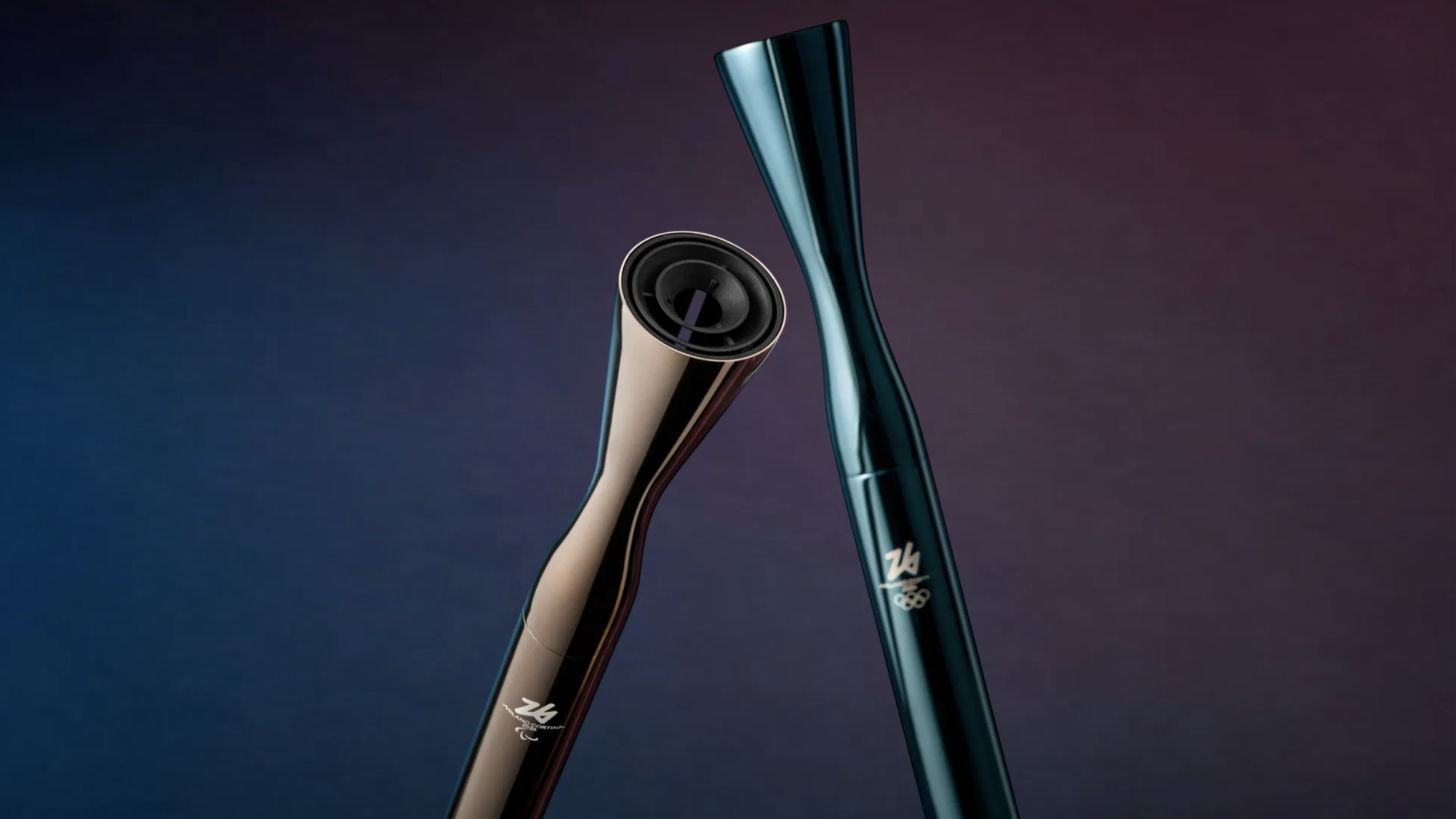 2026 Olympic and Paralympic Torches: in Carlo Ratti's minimalism ‘the flame is the protagonist’
2026 Olympic and Paralympic Torches: in Carlo Ratti's minimalism ‘the flame is the protagonist’The 2026 Olympic and Paralympic Torches for the upcoming Milano Cortina Games have been revealed, designed by architect Carlo Ratti to highlight the Olympic flame
By Ellie Stathaki
-
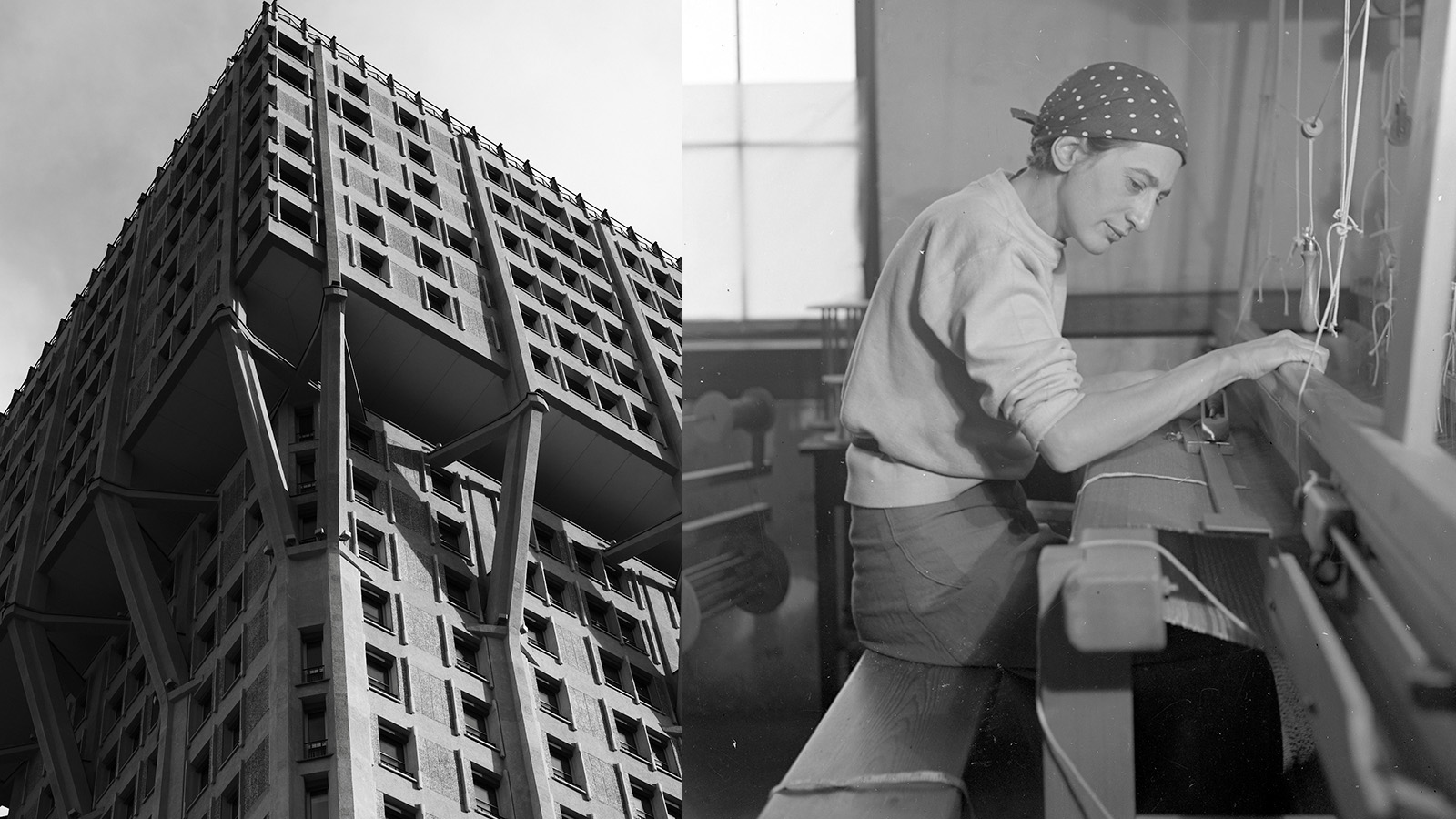 Anni Albers' weaving magic offers a delightful 2-in-1 modernist showcase in Milan
Anni Albers' weaving magic offers a delightful 2-in-1 modernist showcase in MilanA Milan Design Week showcase of Anni Albers’ weaving work, brought to life by Dedar with the Josef & Anni Albers Foundation, brings visitors to modernist icon, the BBPR-designed Torre Velasca
By Ellie Stathaki
-
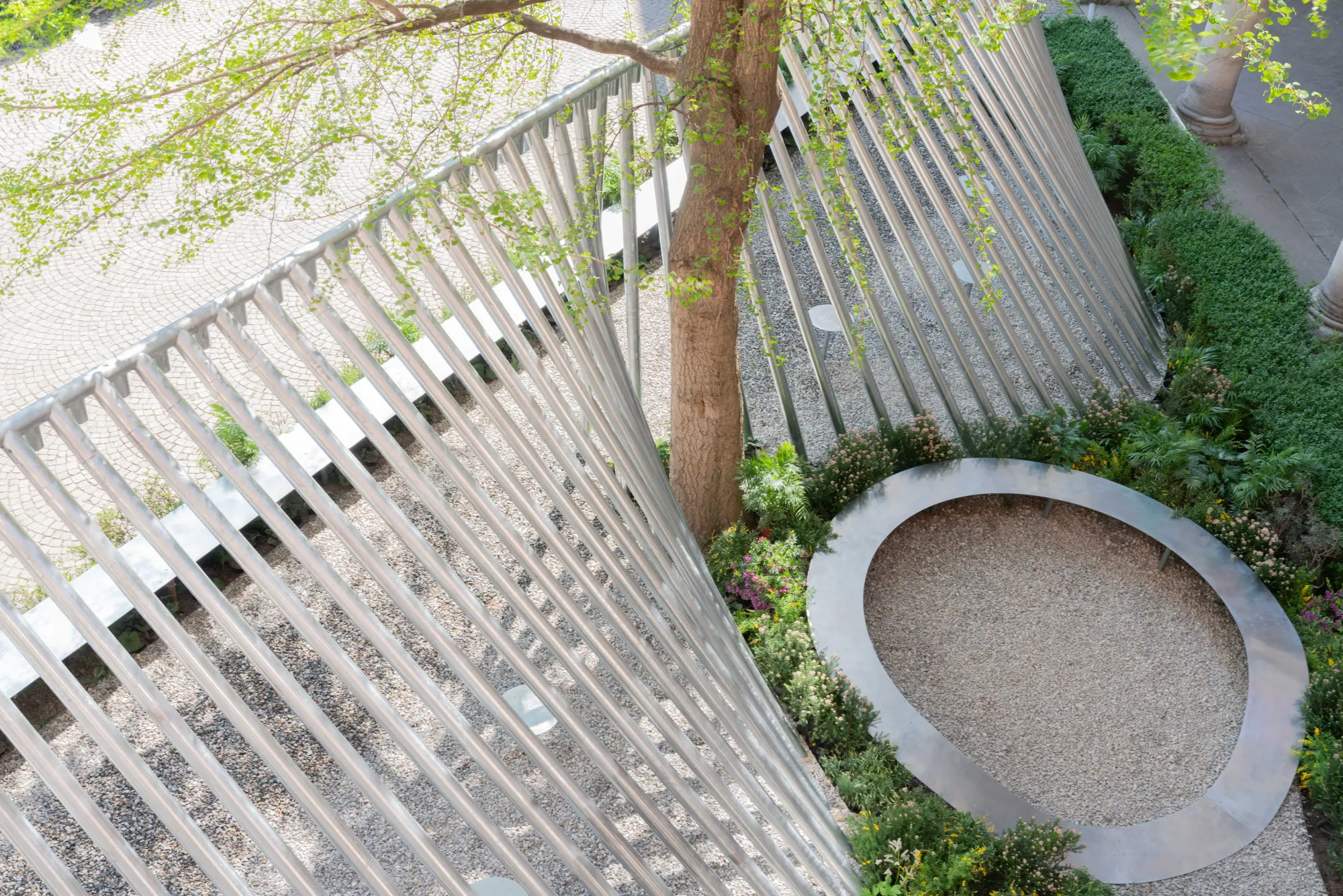 Milan Design Week: ‘A Beat of Water’ highlights the power of the precious natural resource
Milan Design Week: ‘A Beat of Water’ highlights the power of the precious natural resource‘A Beat of Water’ by BIG - Bjarke Ingels Group and Roca zooms in on water and its power – from natural element to valuable resource, touching on sustainability and consumption
By Ellie Stathaki
-
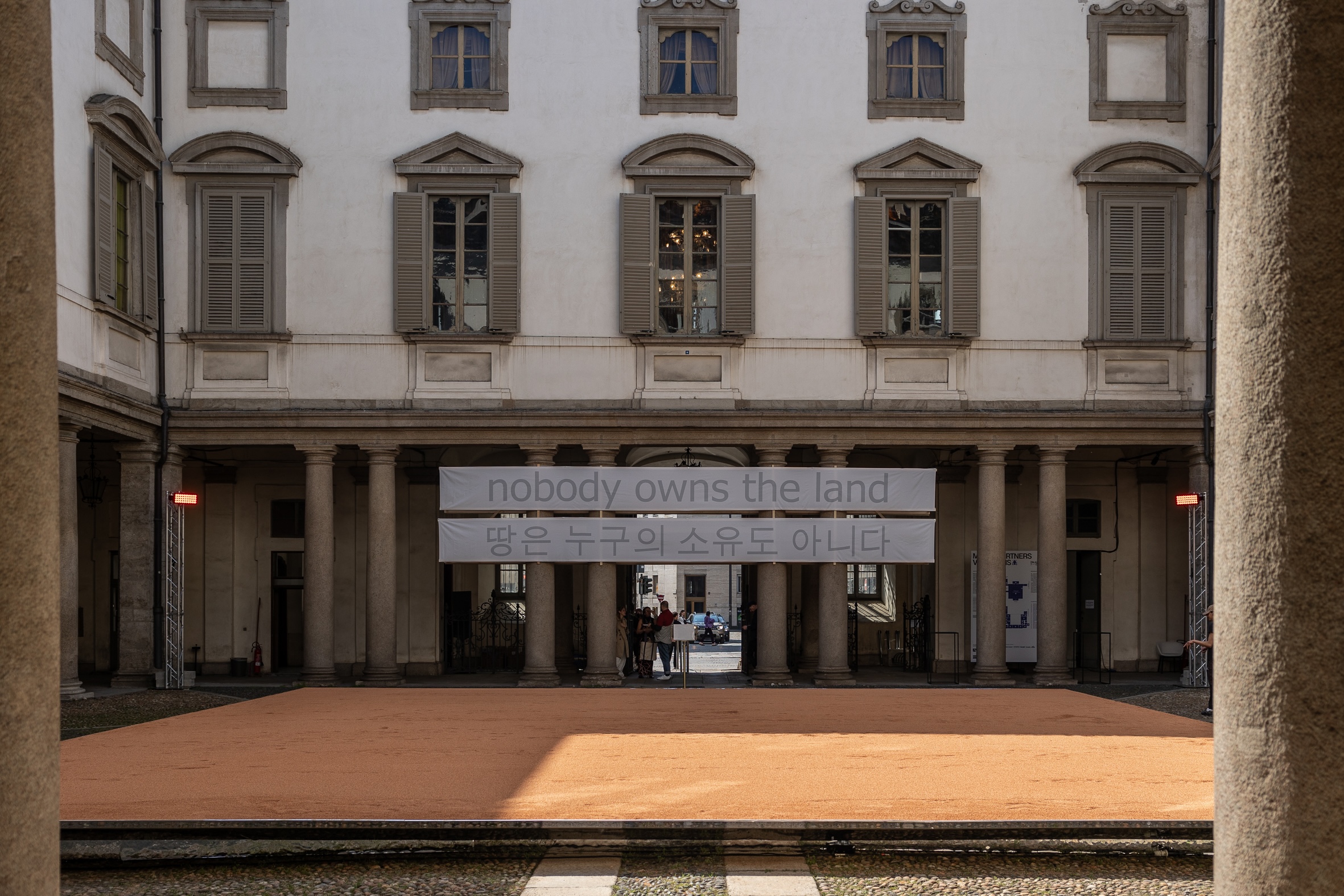 This Milan Design Week installation invites you to tread barefoot inside a palazzo
This Milan Design Week installation invites you to tread barefoot inside a palazzoAt Palazzo Litta, Moscapartners and Byoung Cho launch a contemplative installation on the theme of migration
By Ellie Stathaki
-
 The upcoming Zaha Hadid Architects projects set to transform the horizon
The upcoming Zaha Hadid Architects projects set to transform the horizonA peek at Zaha Hadid Architects’ future projects, which will comprise some of the most innovative and intriguing structures in the world
By Anna Solomon
-
 Is biodesign the future of architecture? EcoLogicStudio thinks so
Is biodesign the future of architecture? EcoLogicStudio thinks soWe talk all things biodesign with British-Italian architecture practice ecoLogicStudio, discussing how architecture can work with nature
By Shawn Adams
-
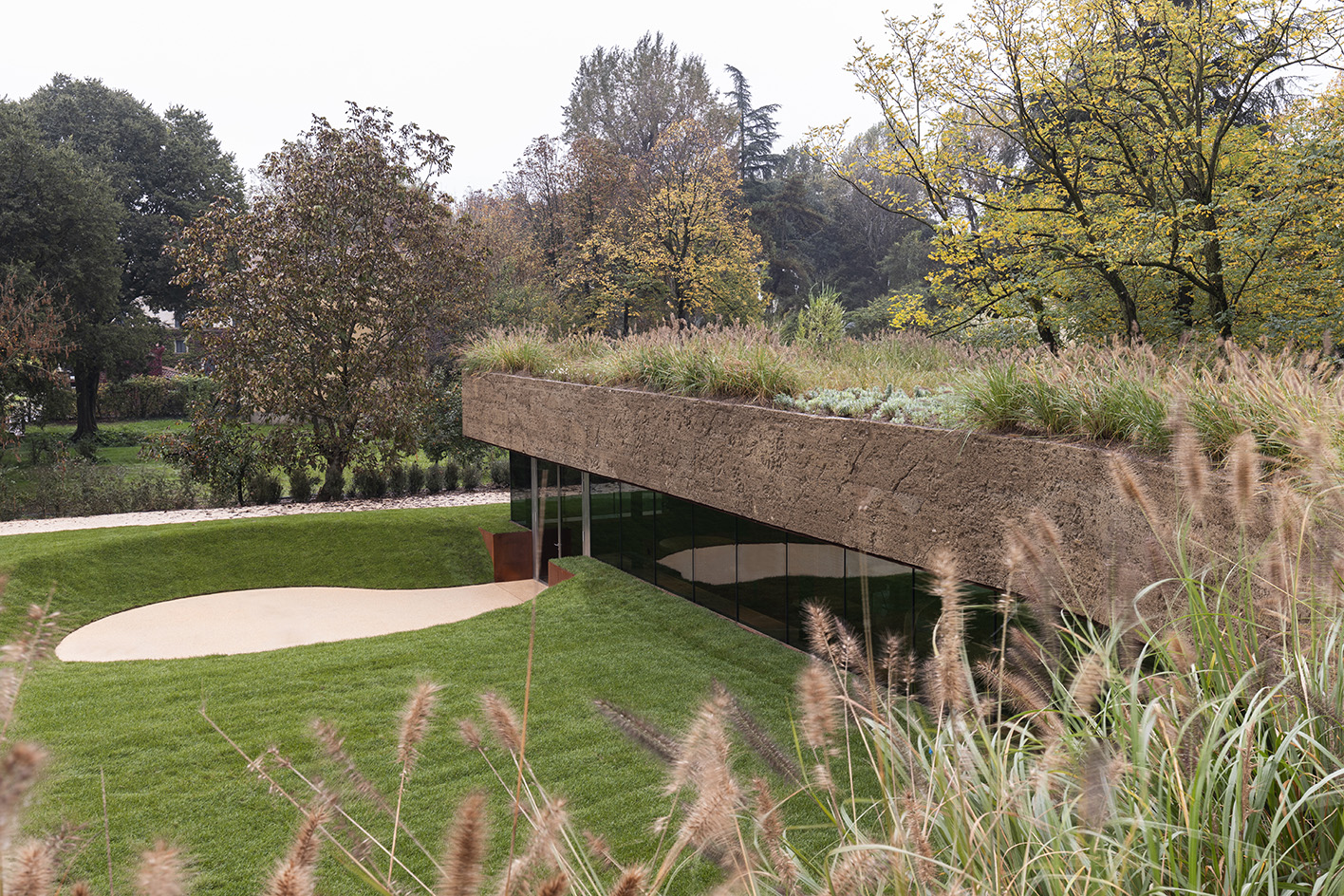 Meet Carlo Ratti, the architect curating the 2025 Venice Architecture Biennale
Meet Carlo Ratti, the architect curating the 2025 Venice Architecture BiennaleWe meet Italian architect Carlo Ratti, the curator of the 2025 Venice Architecture Biennale, to find out what drives and fascinates him ahead of the world’s biggest architecture festival kick-off in May
By Ellie Stathaki